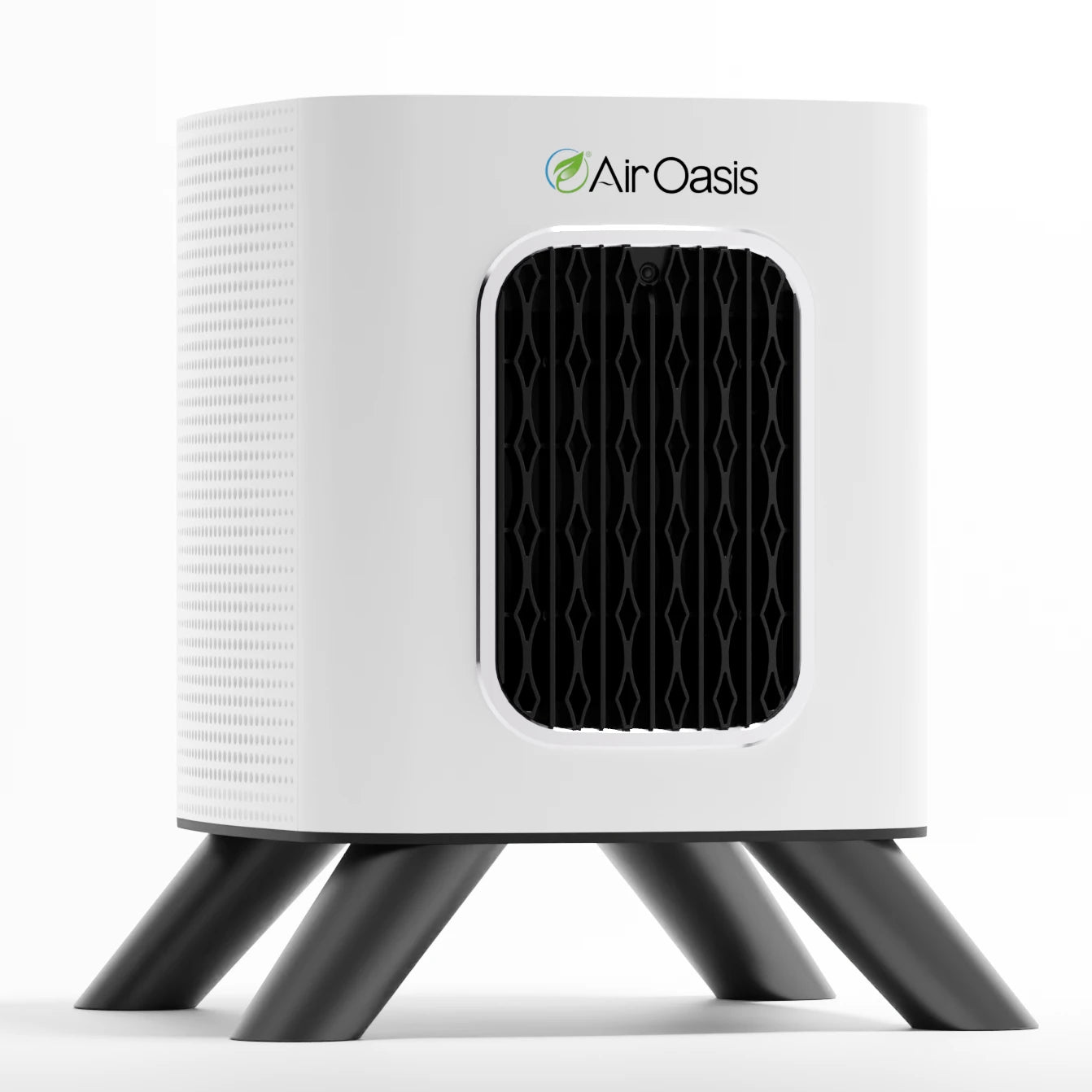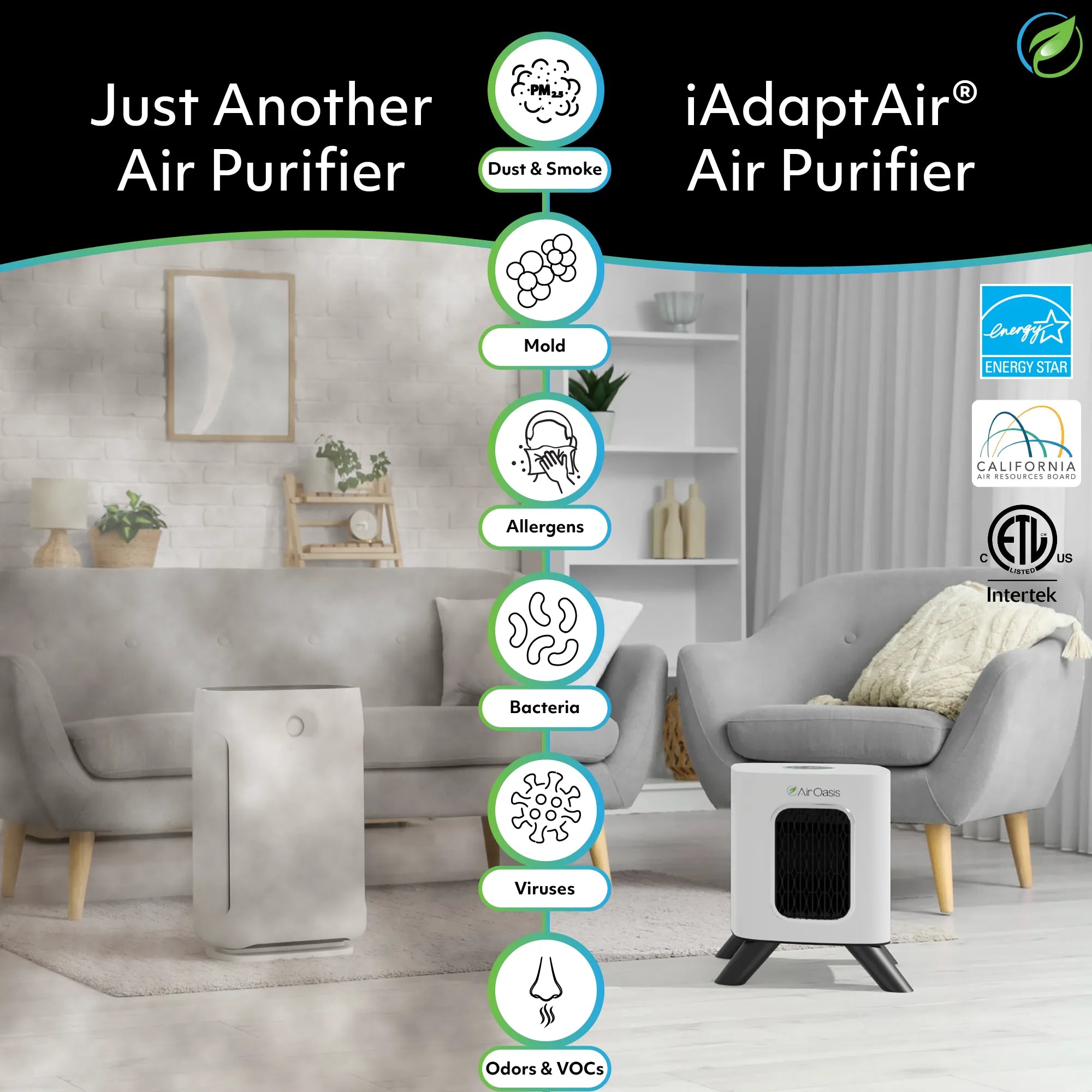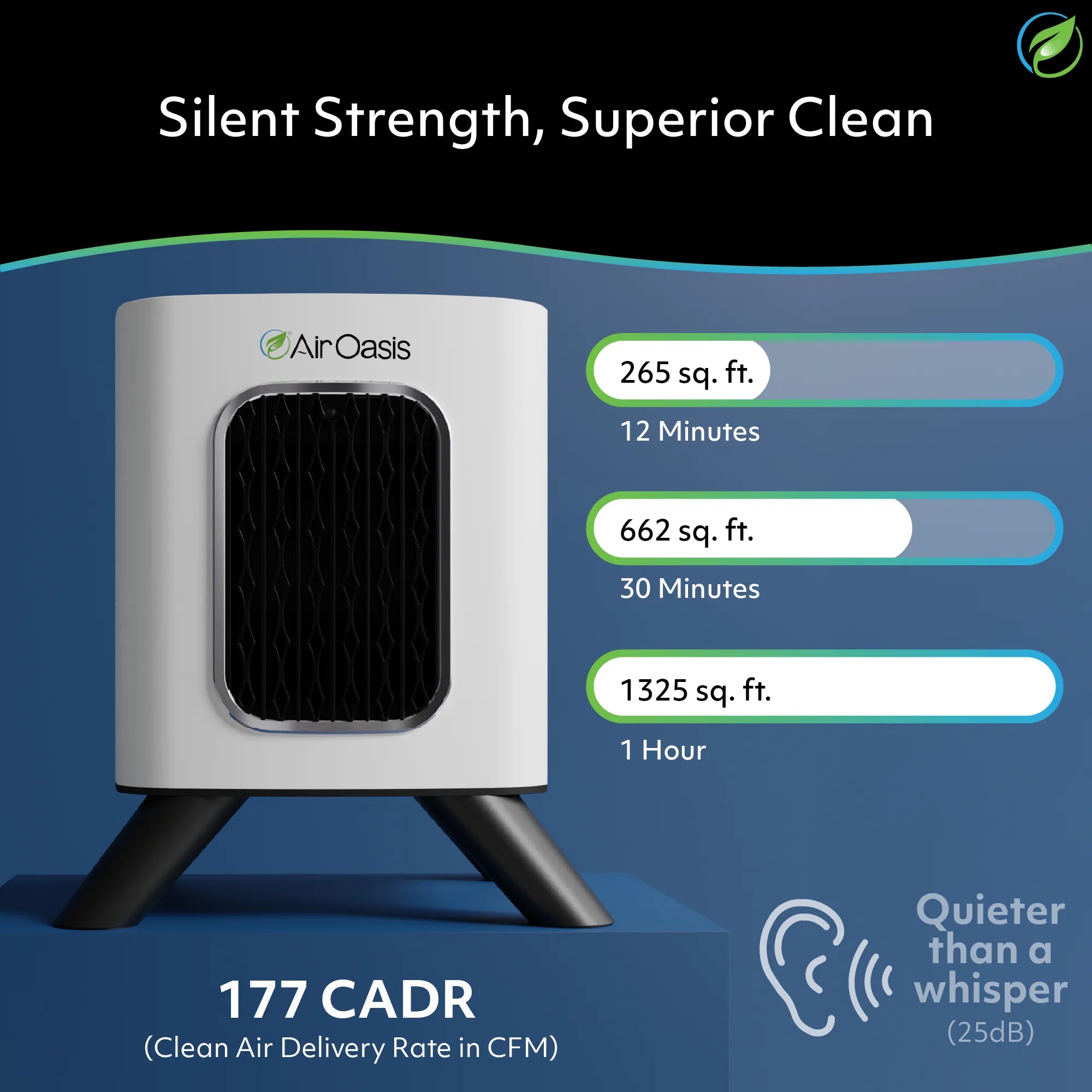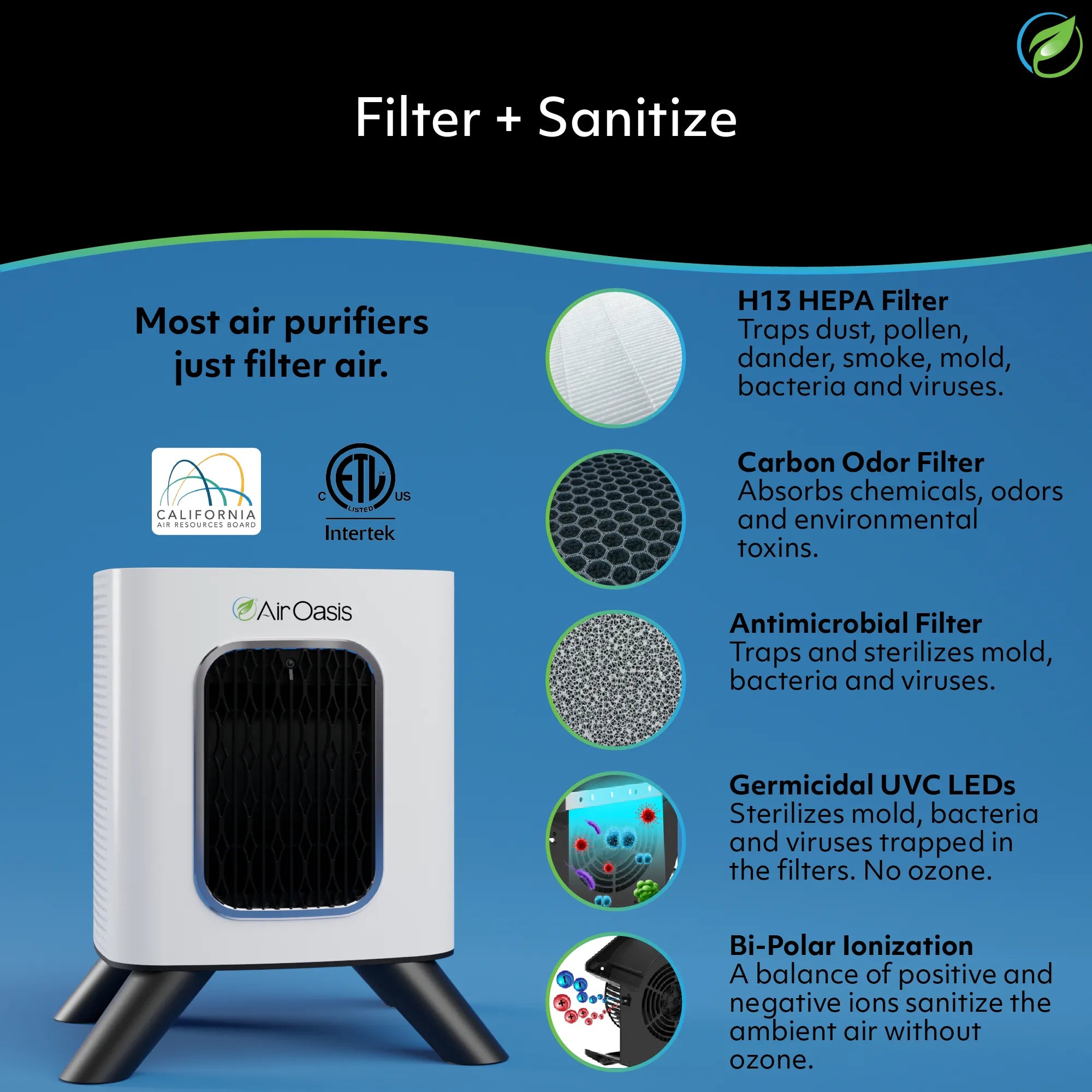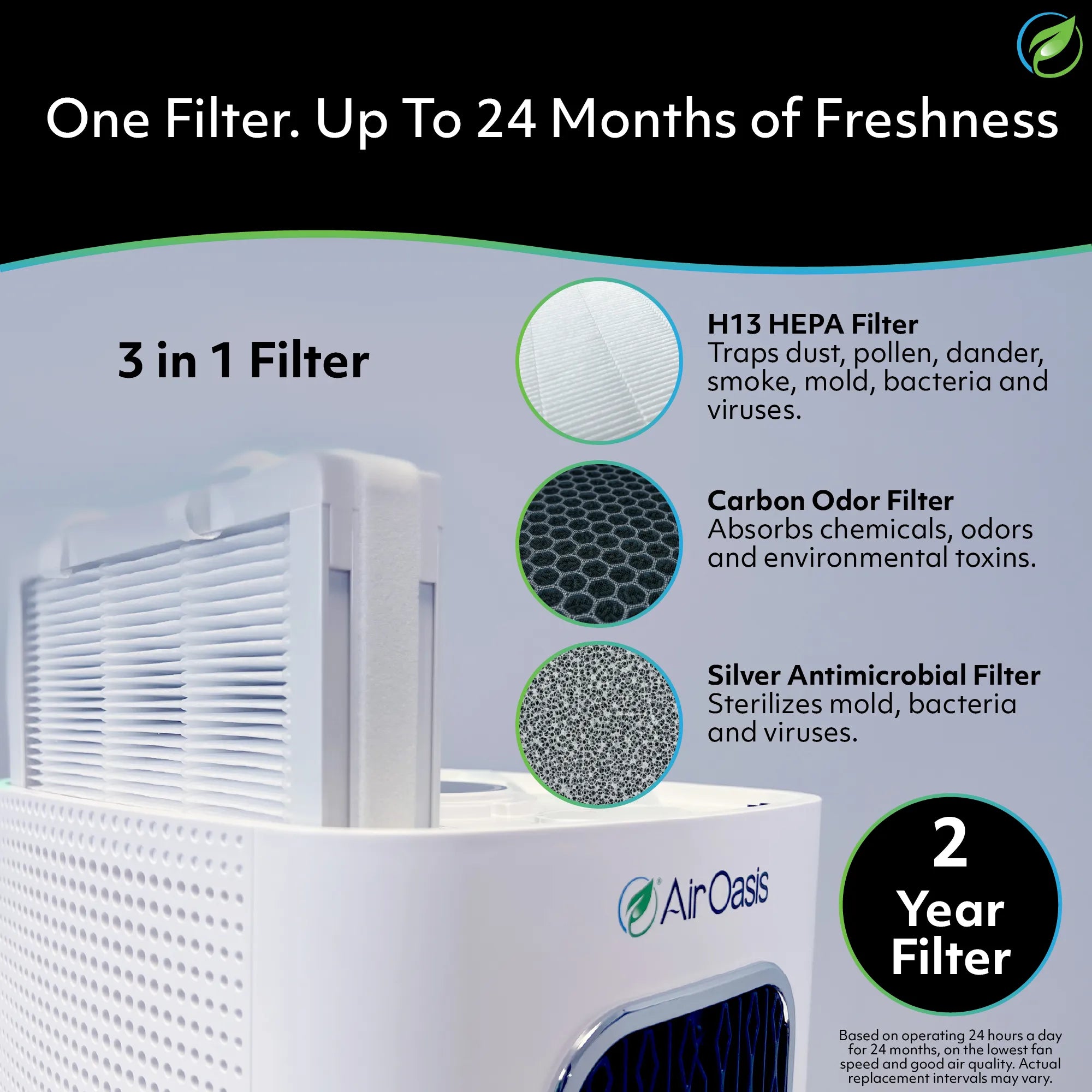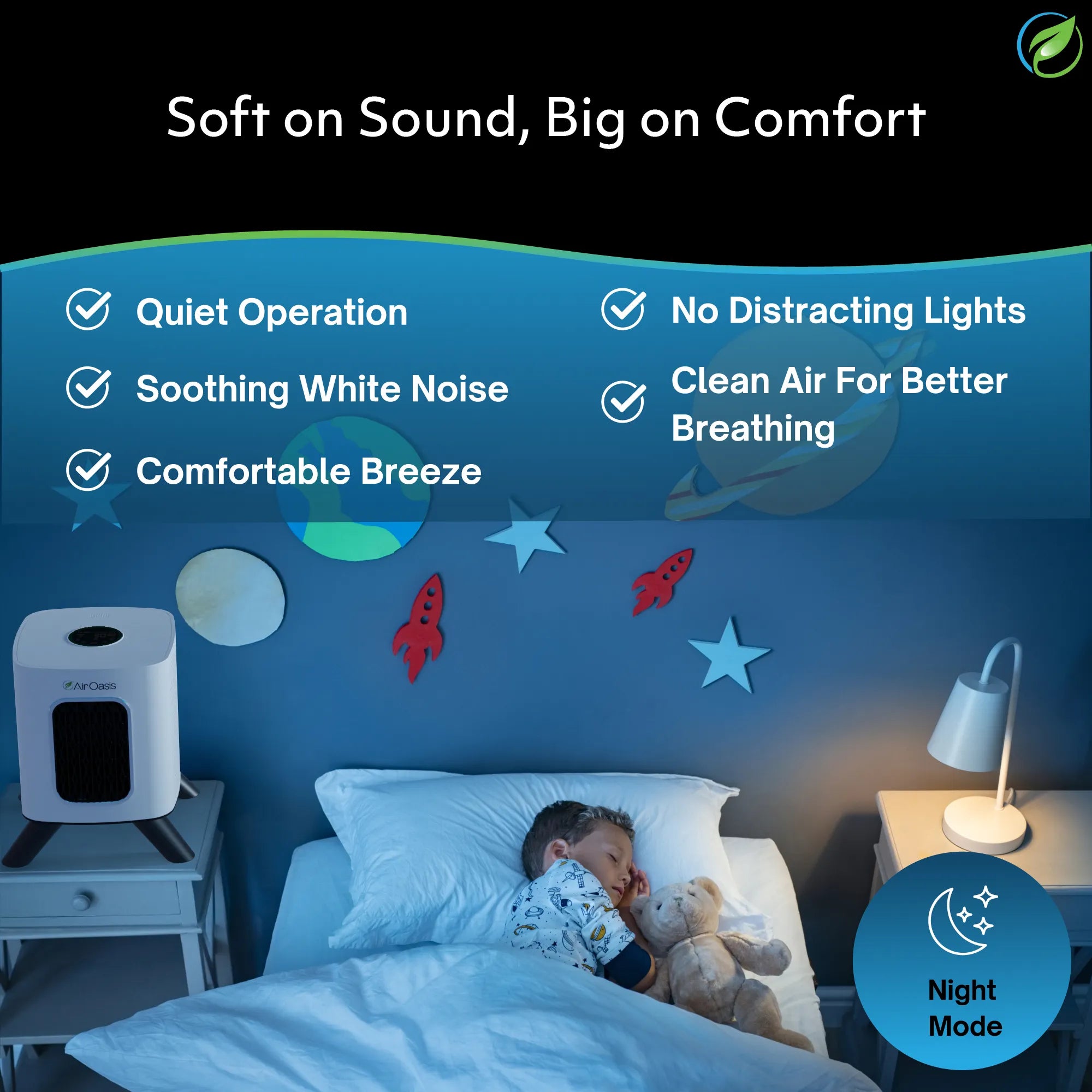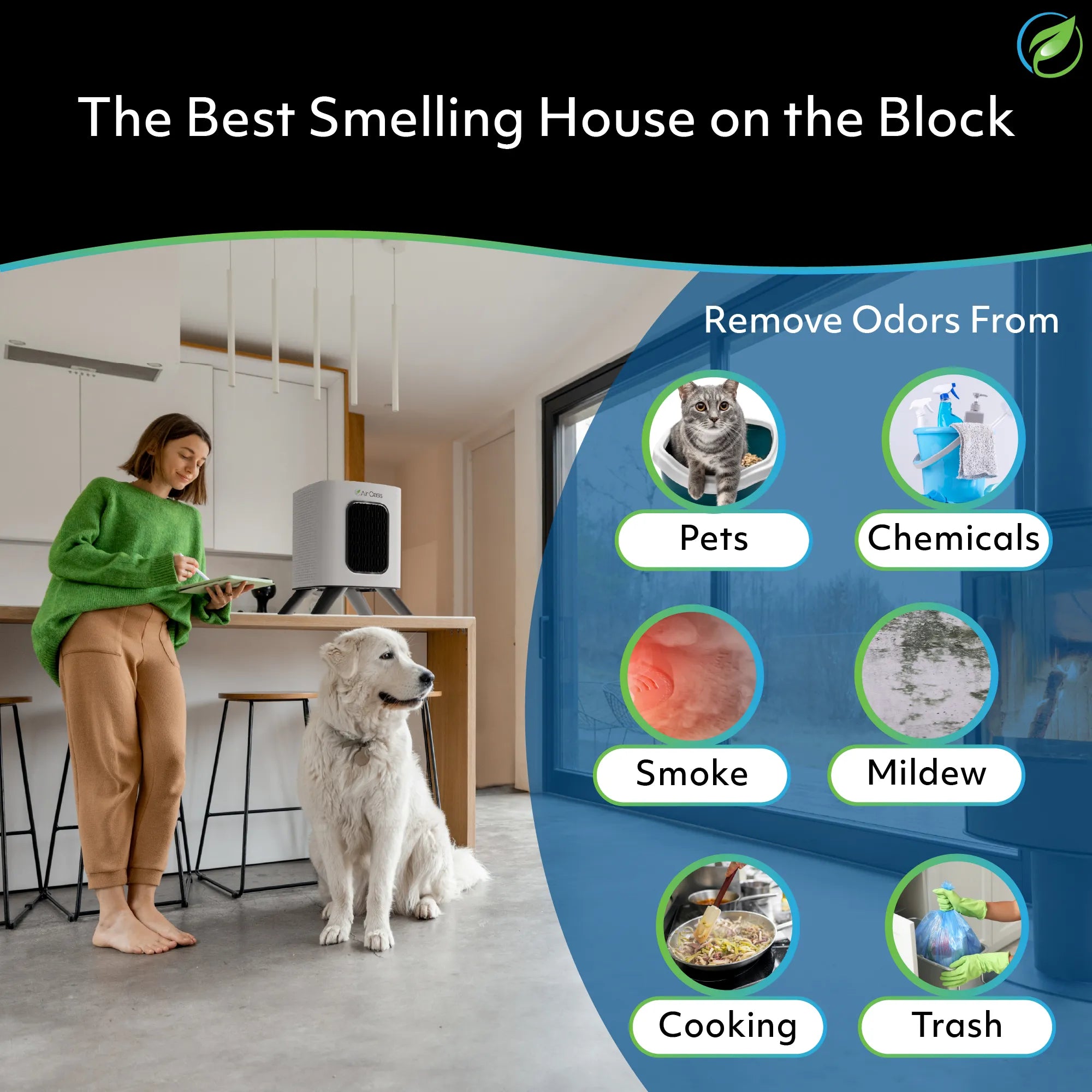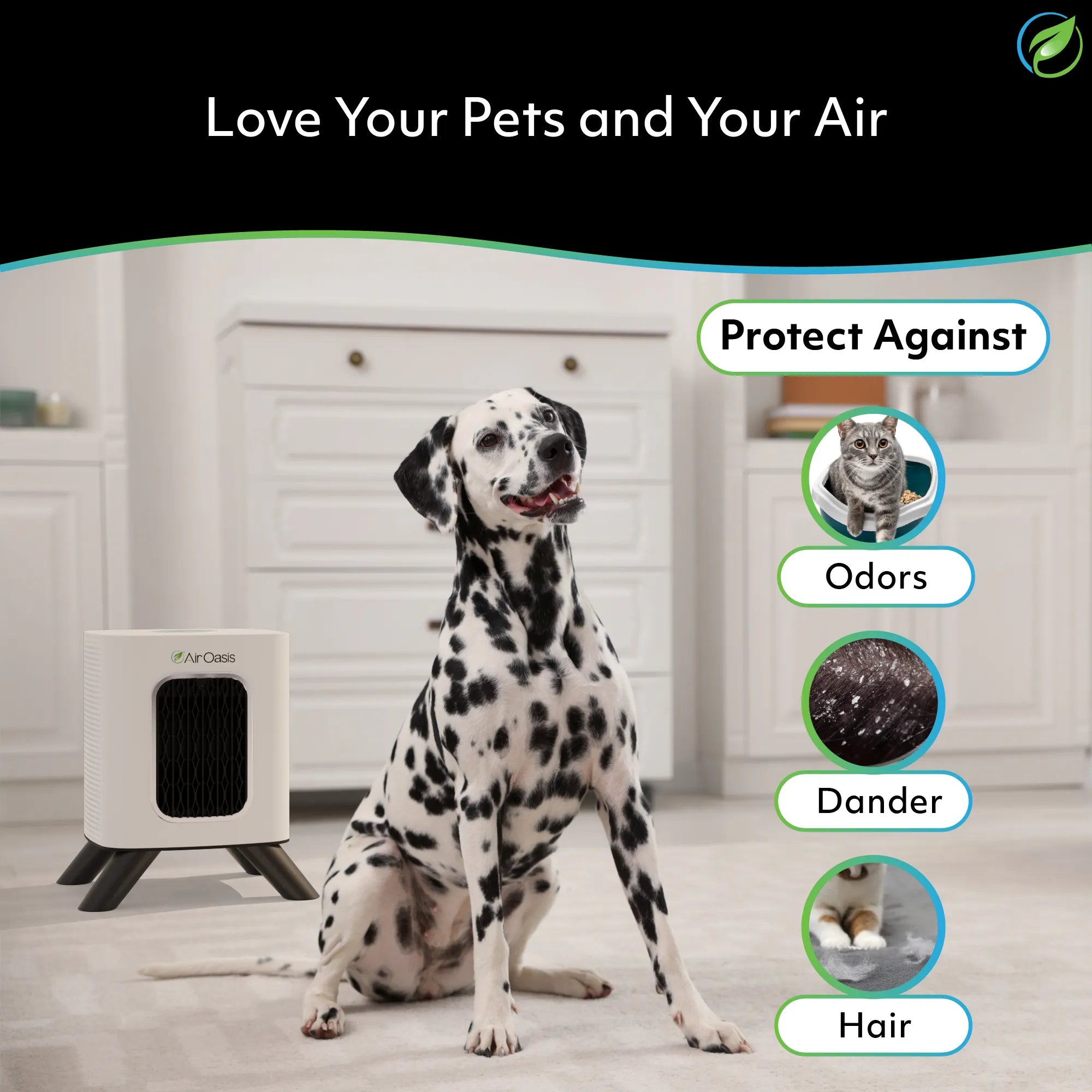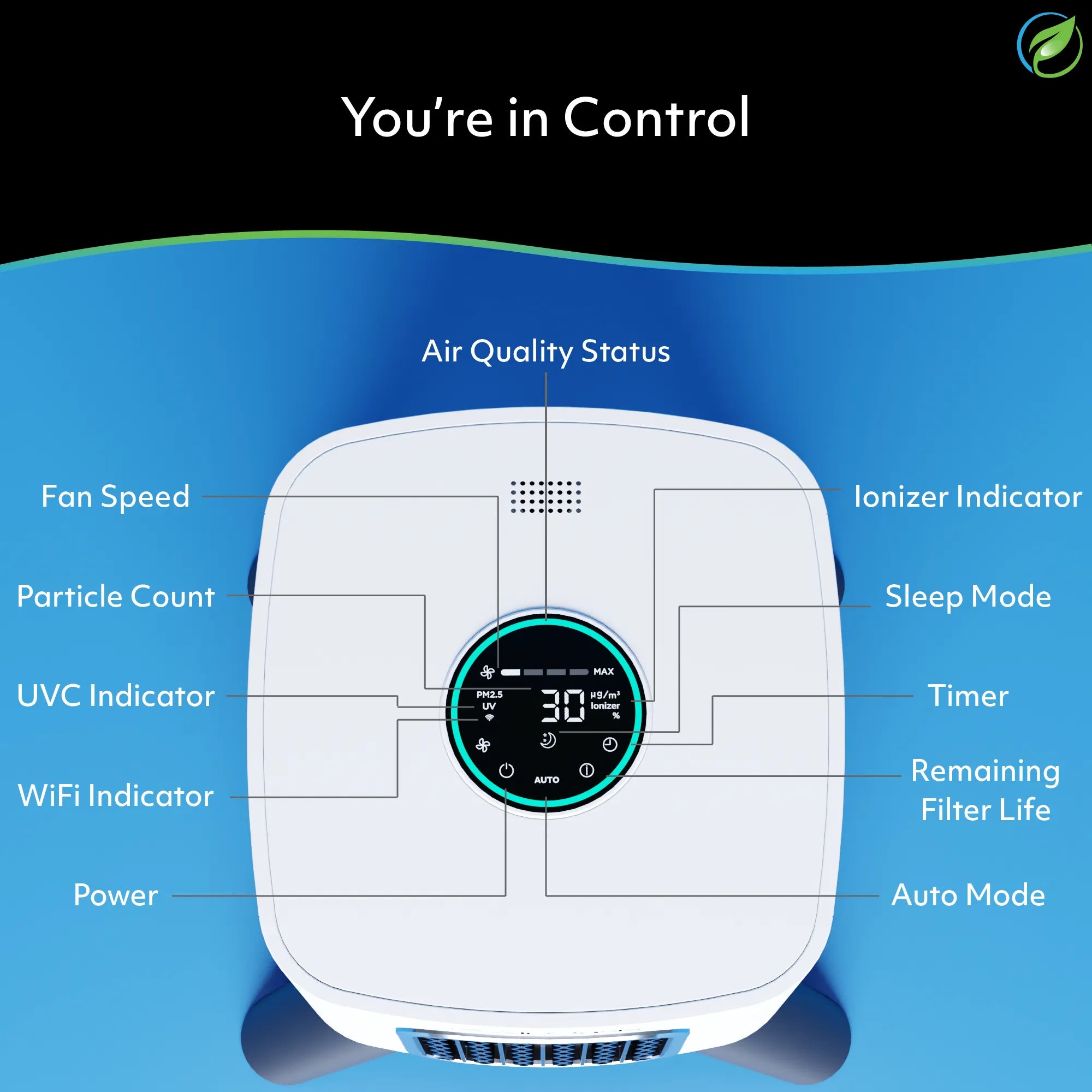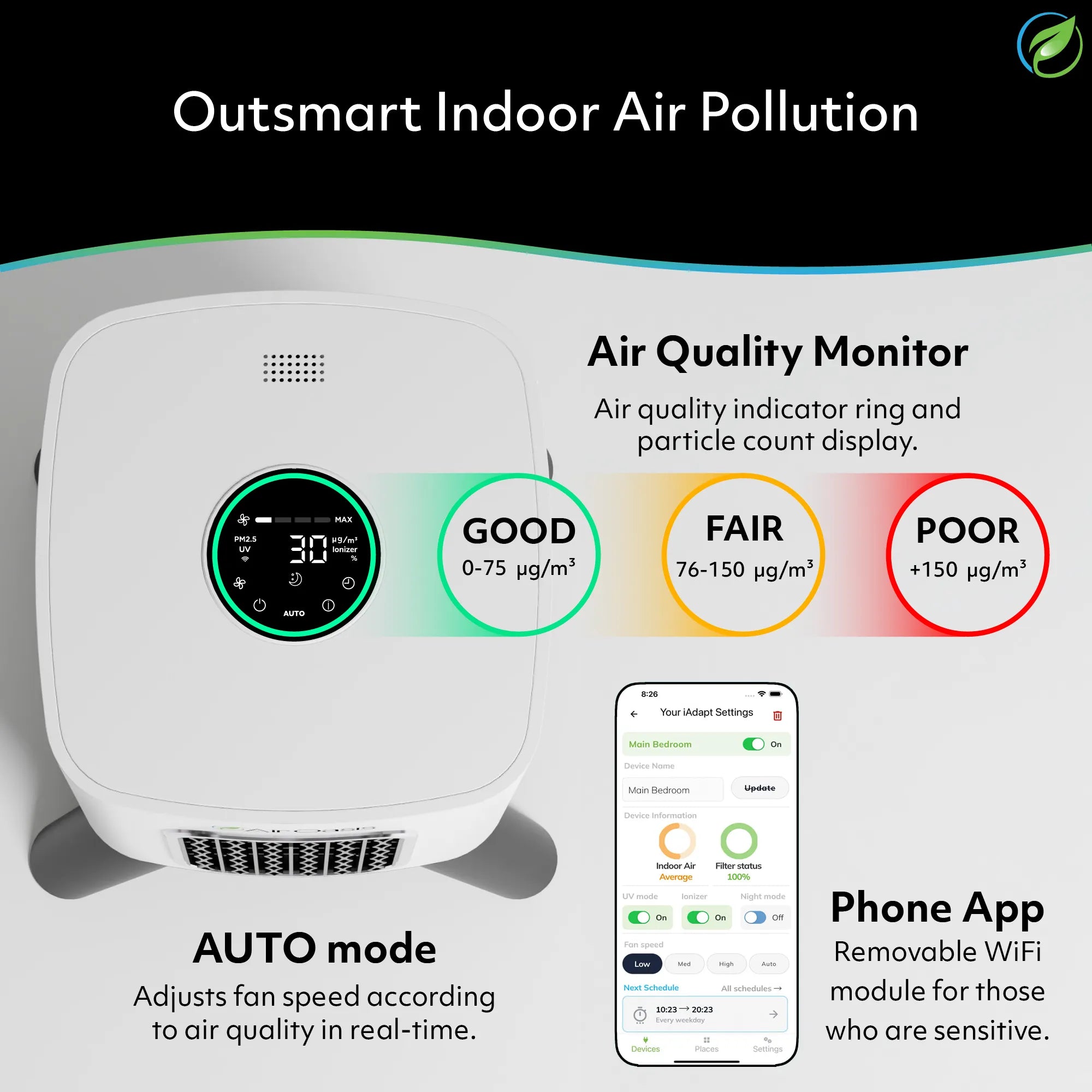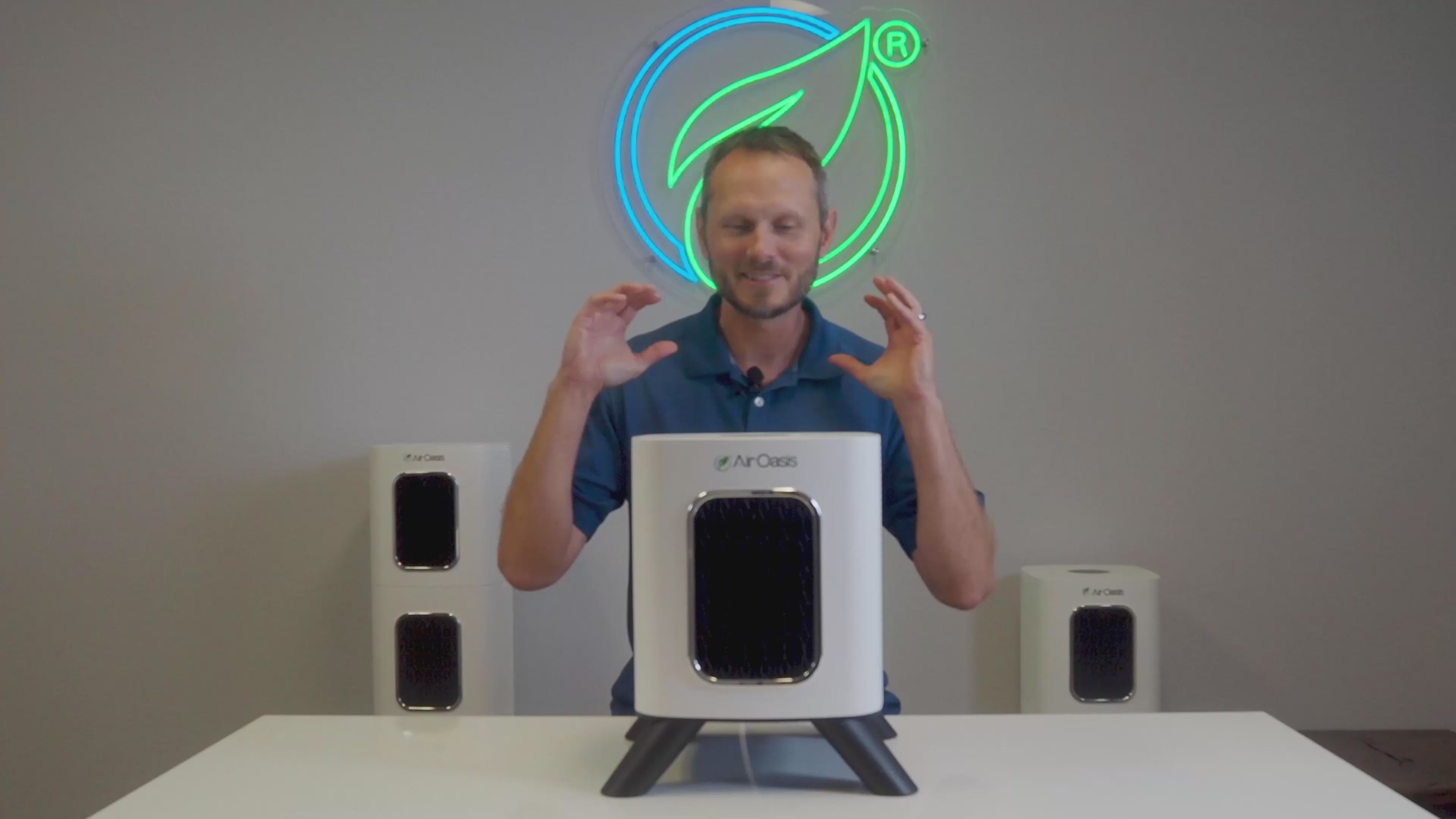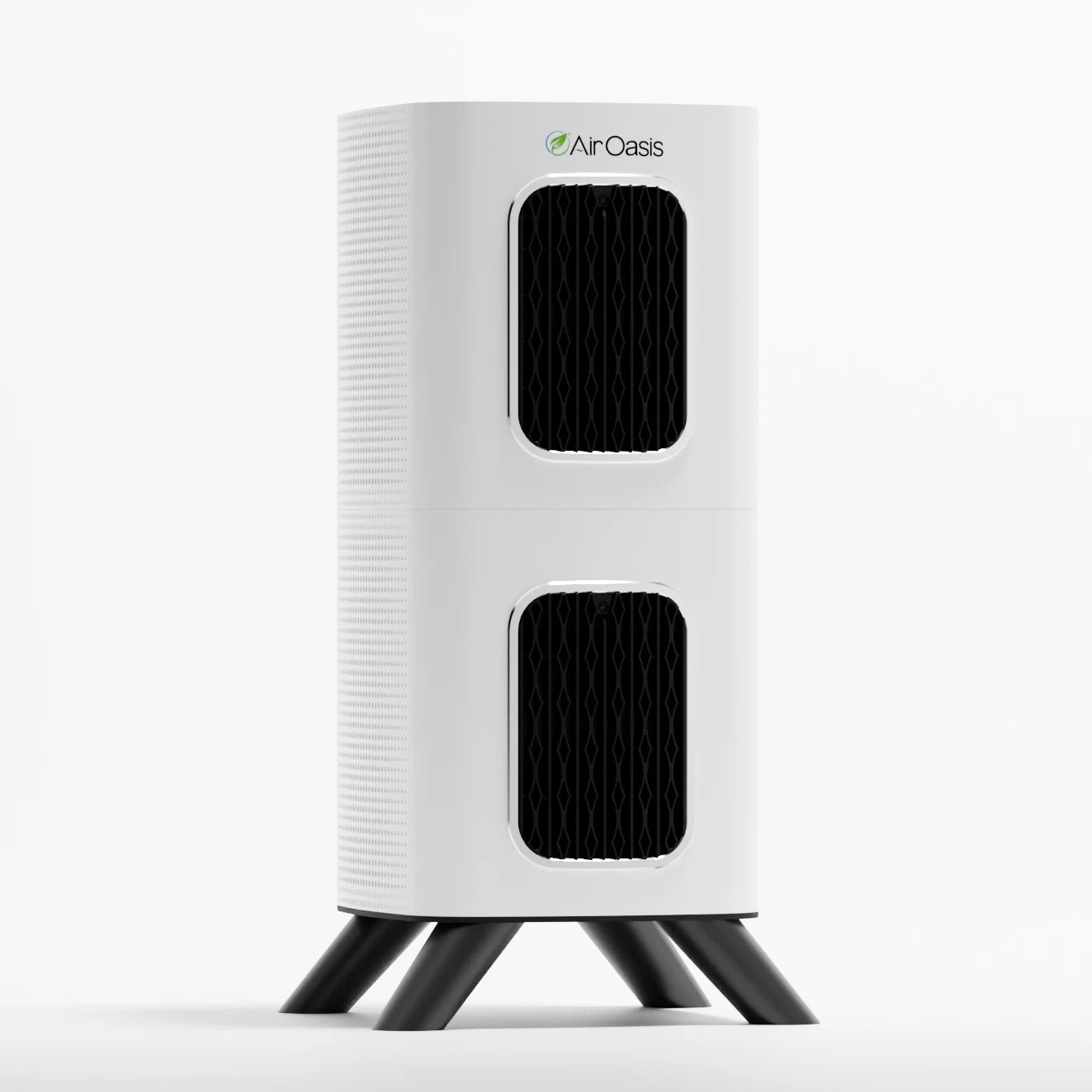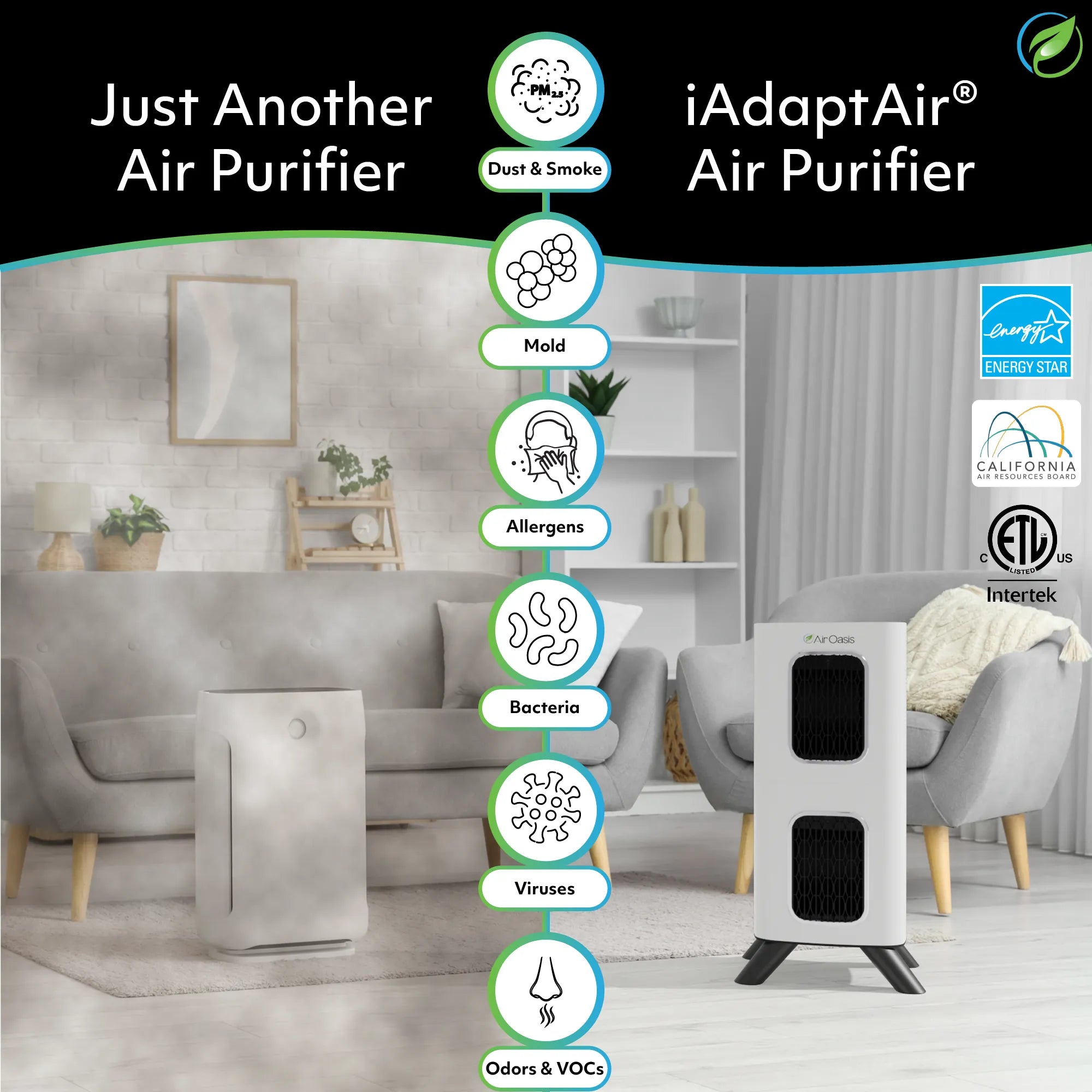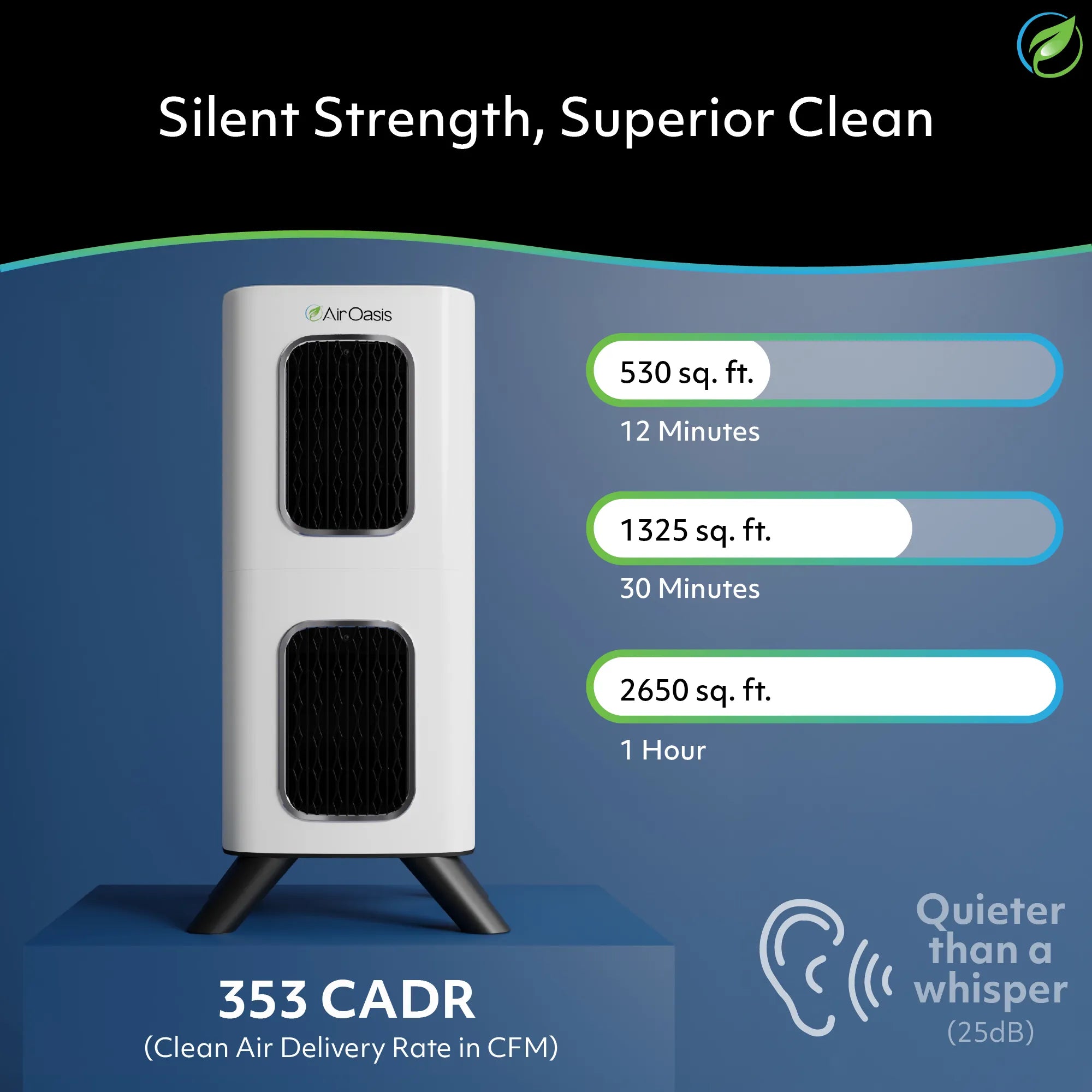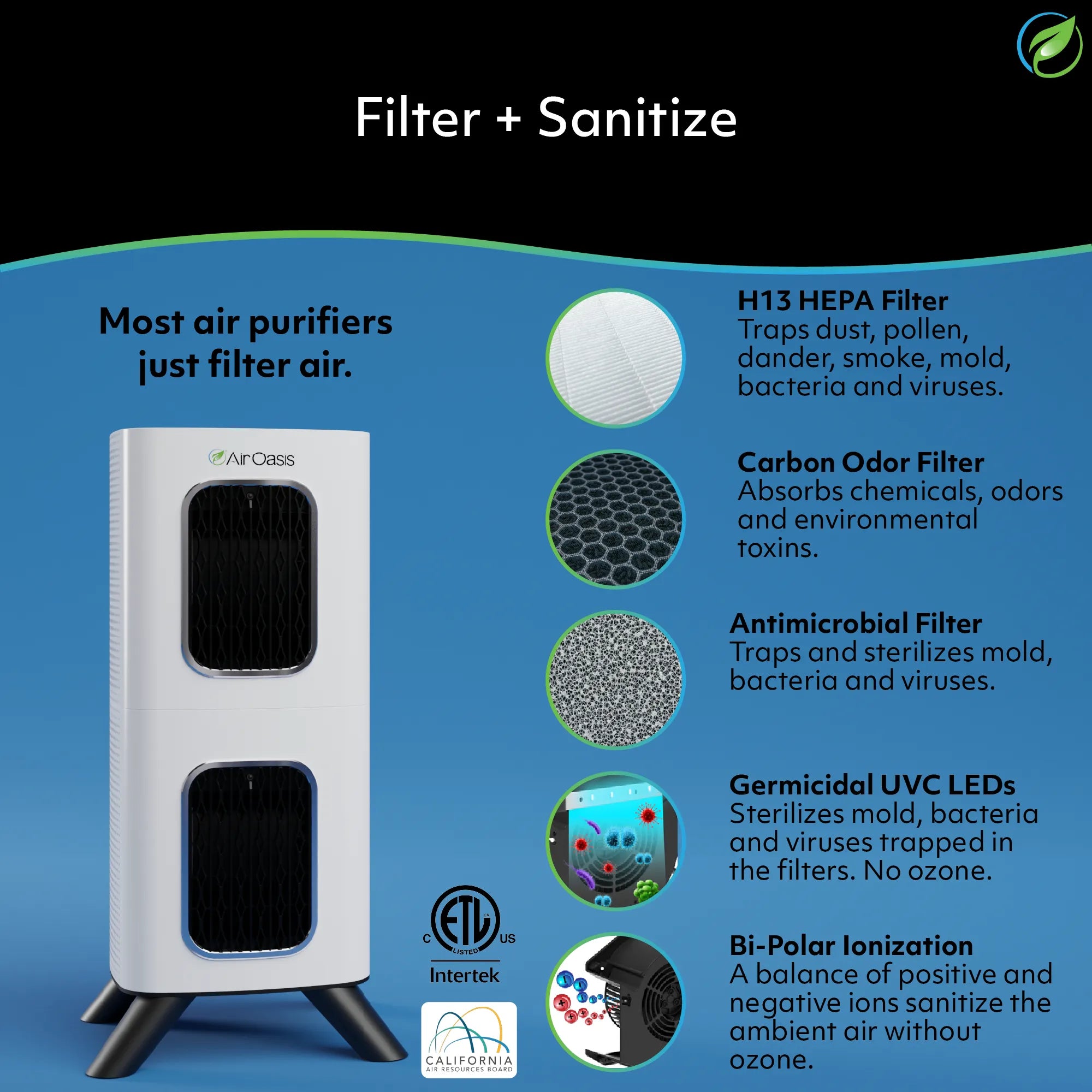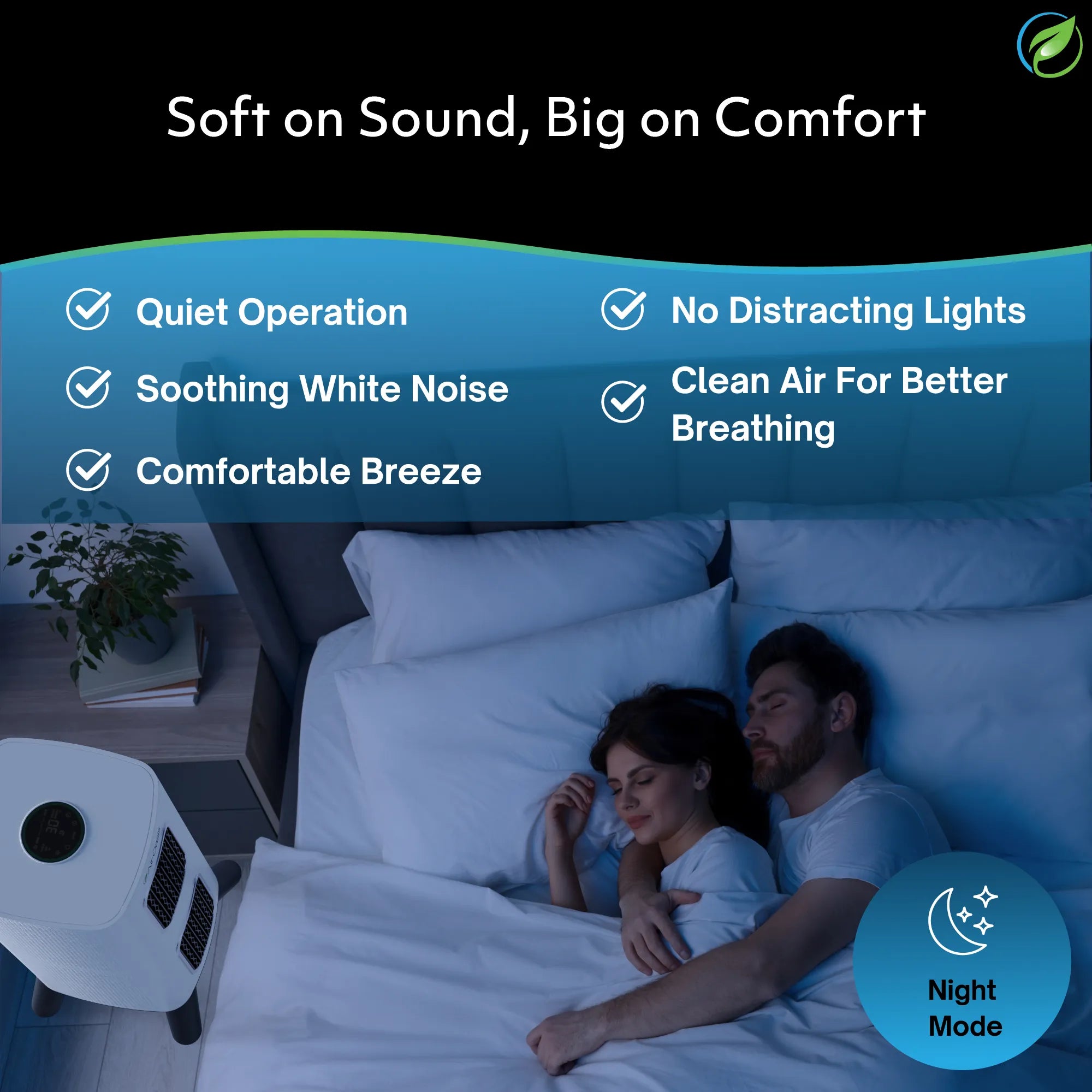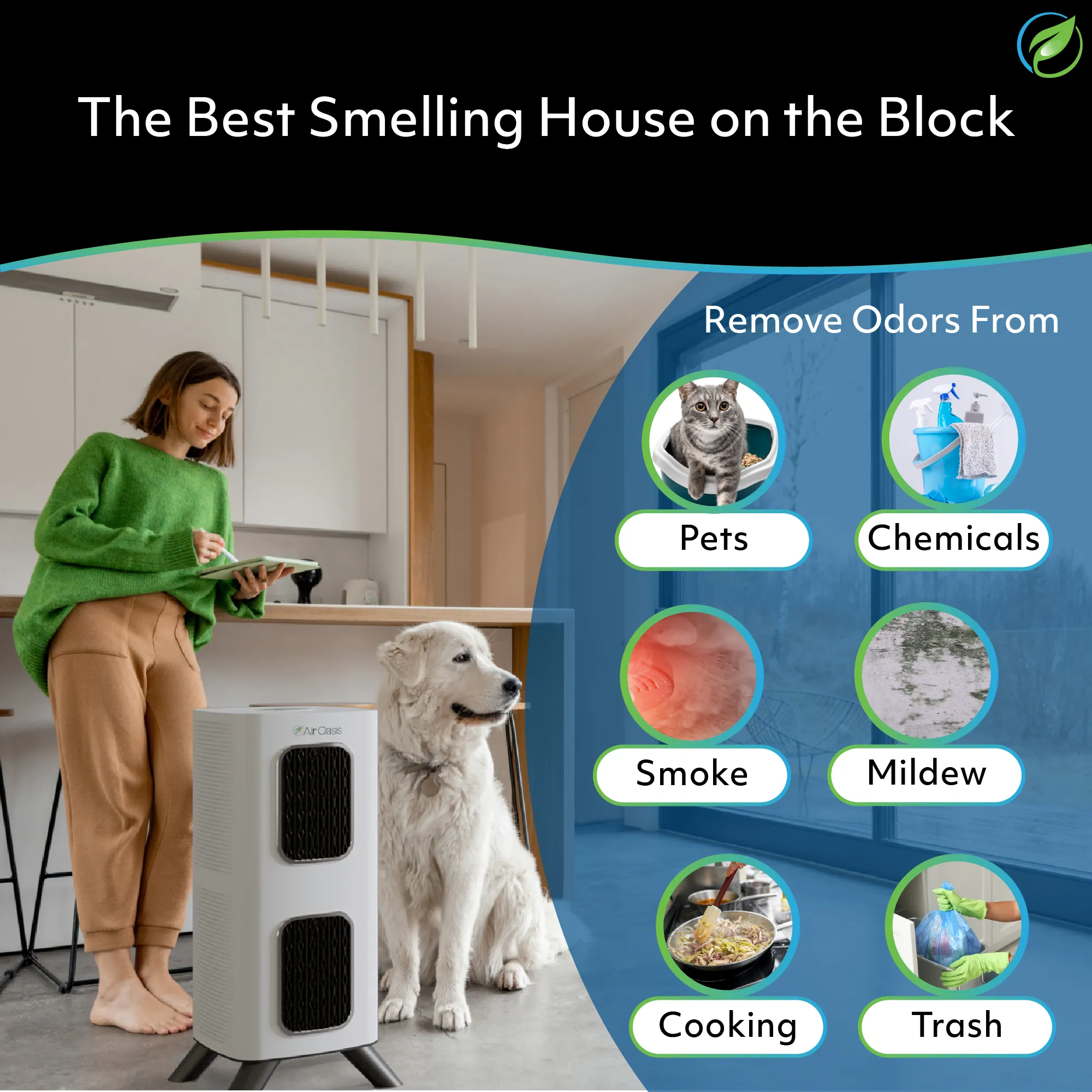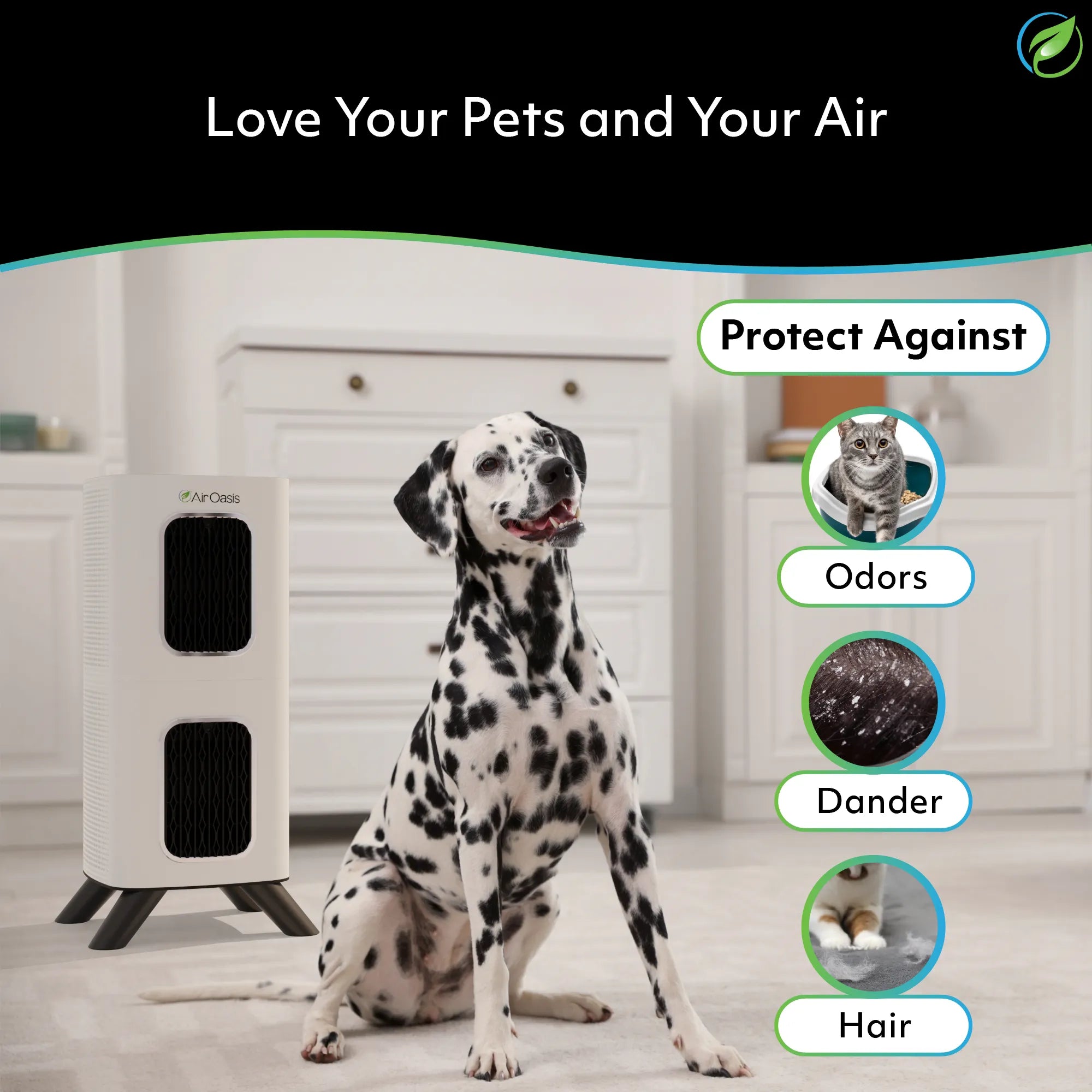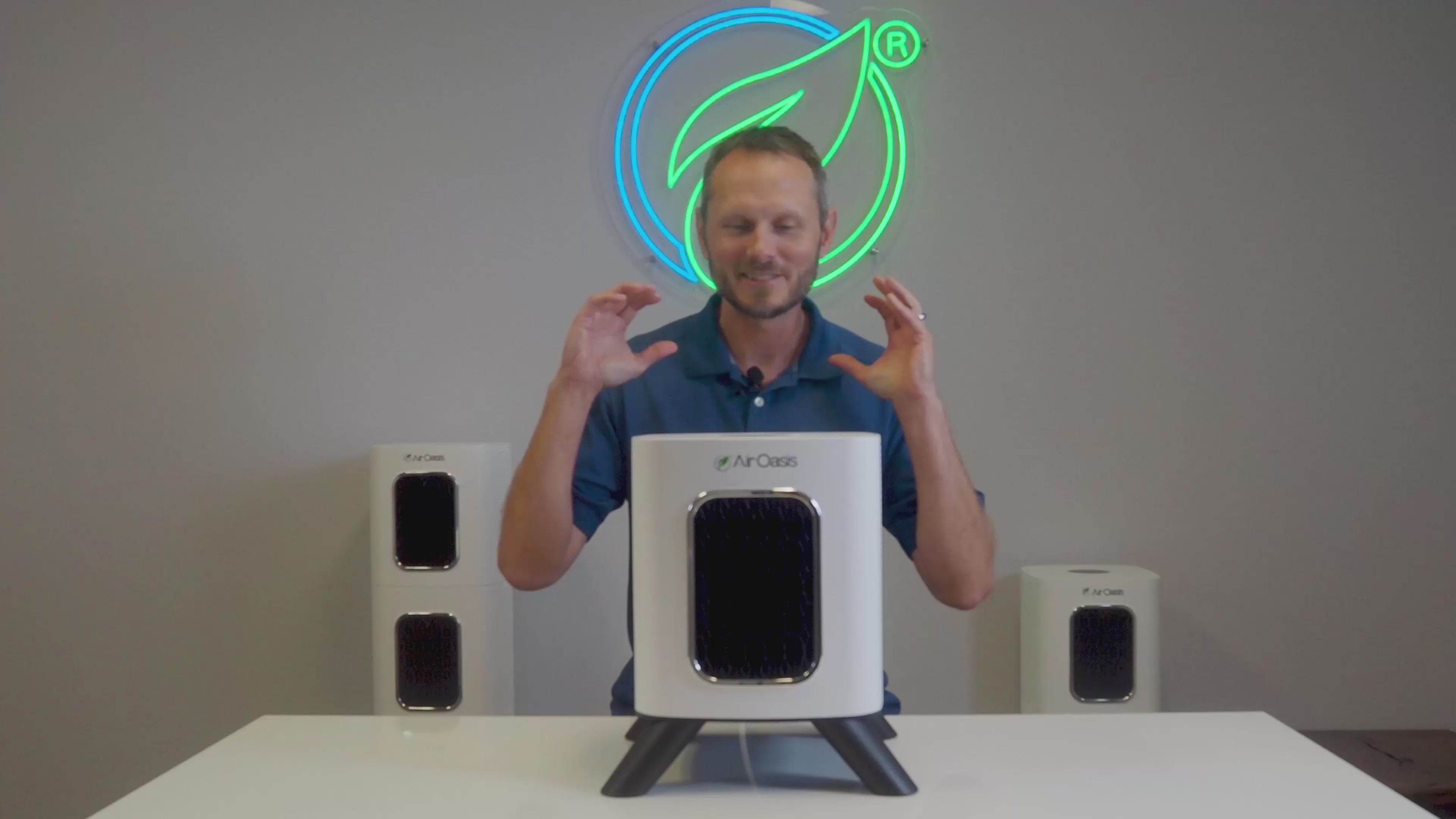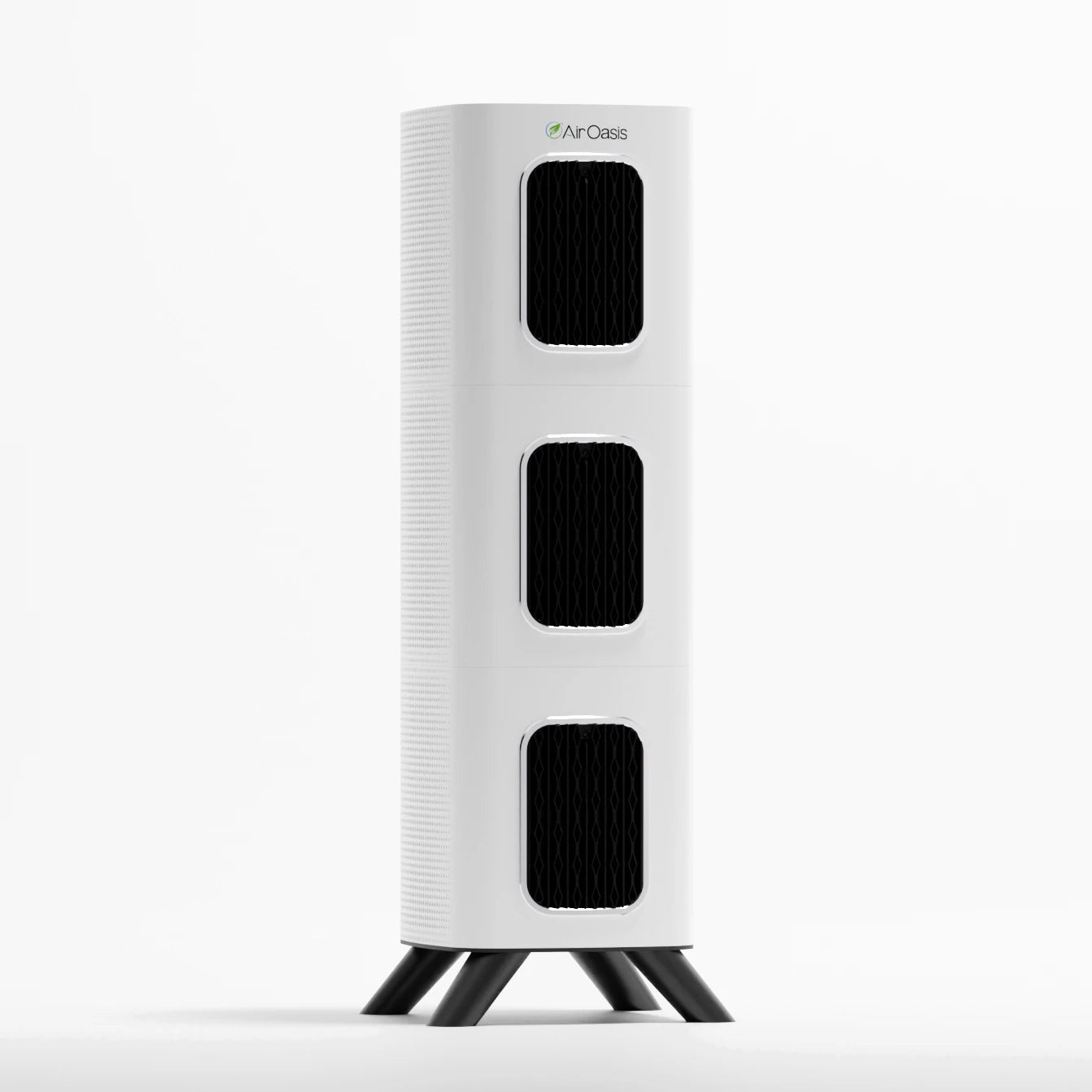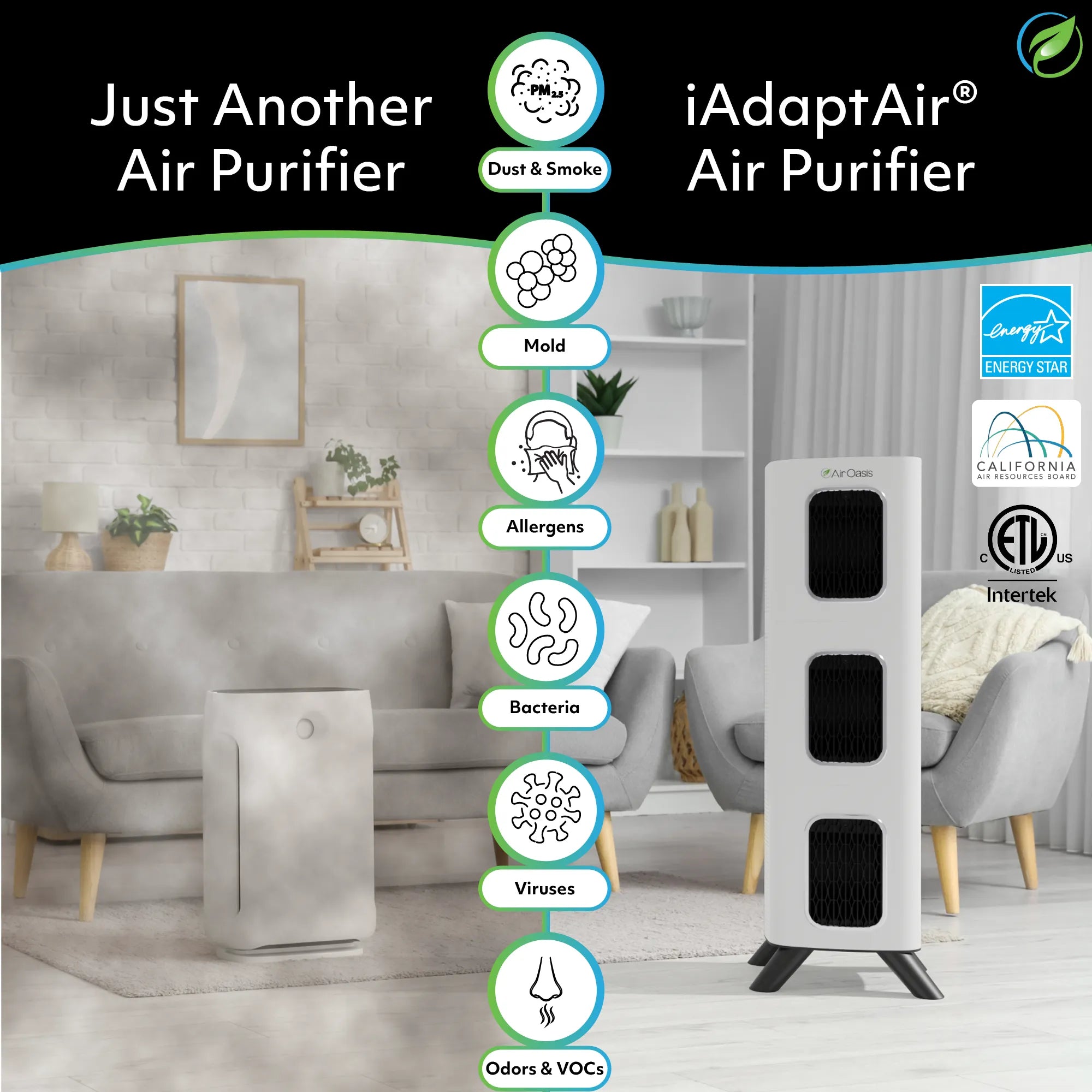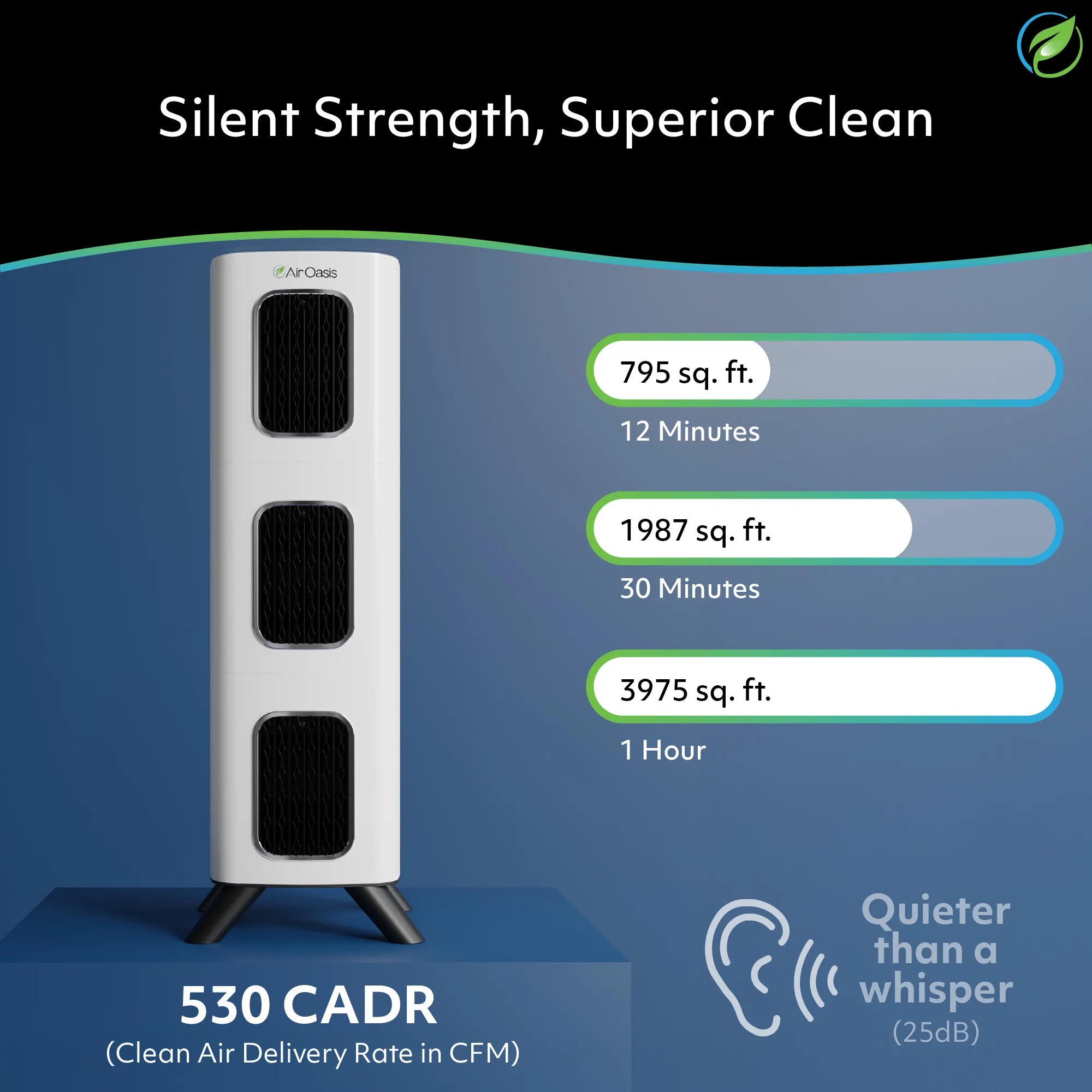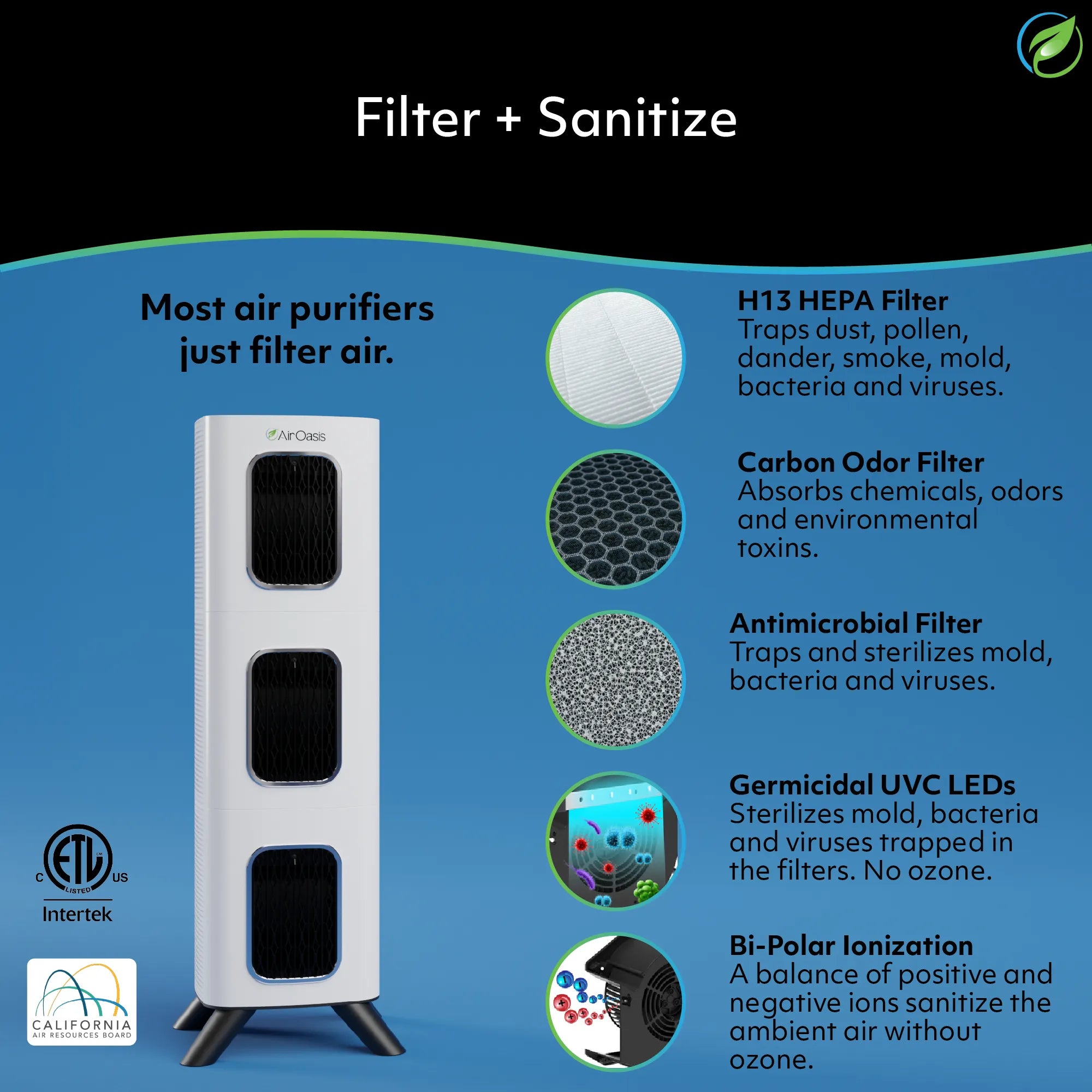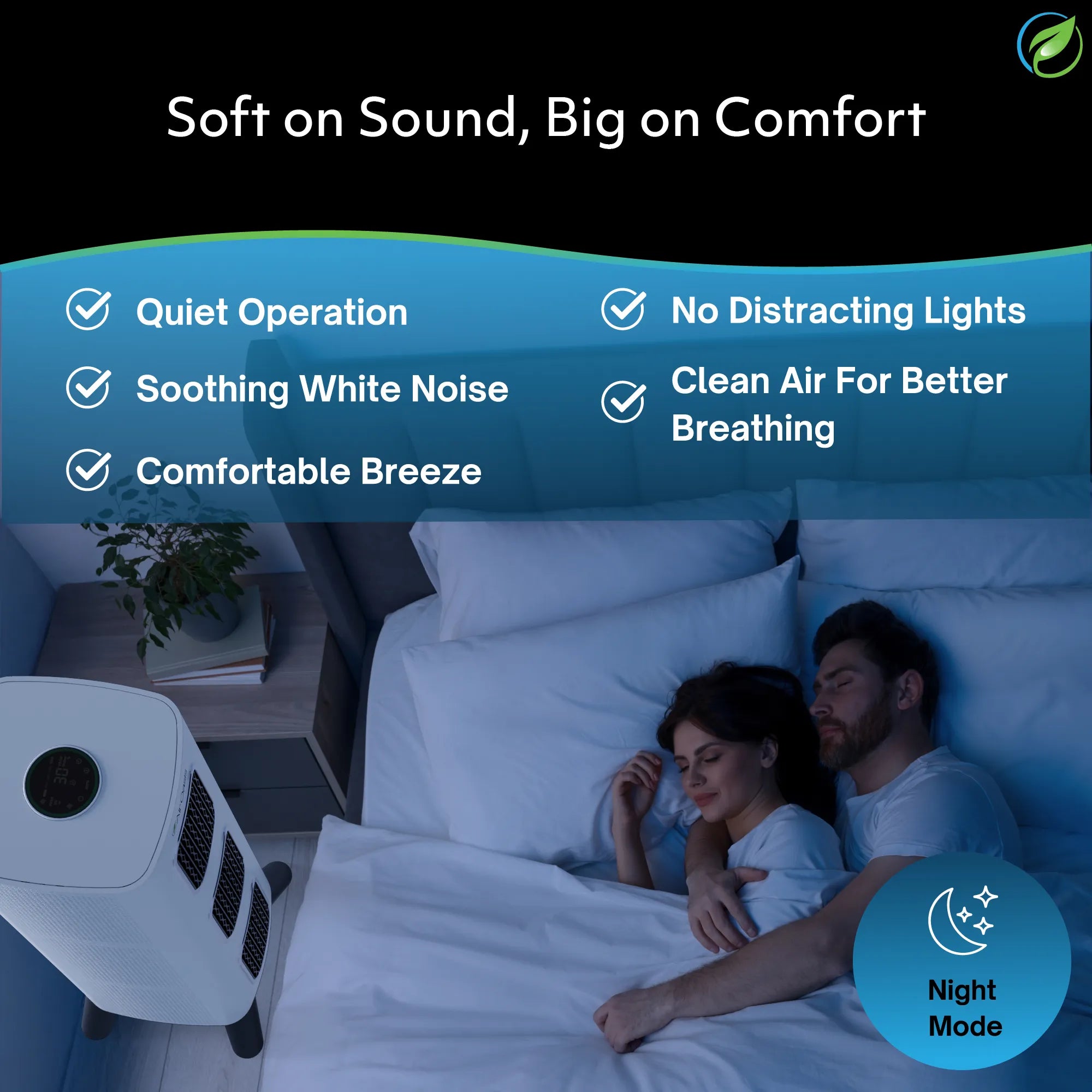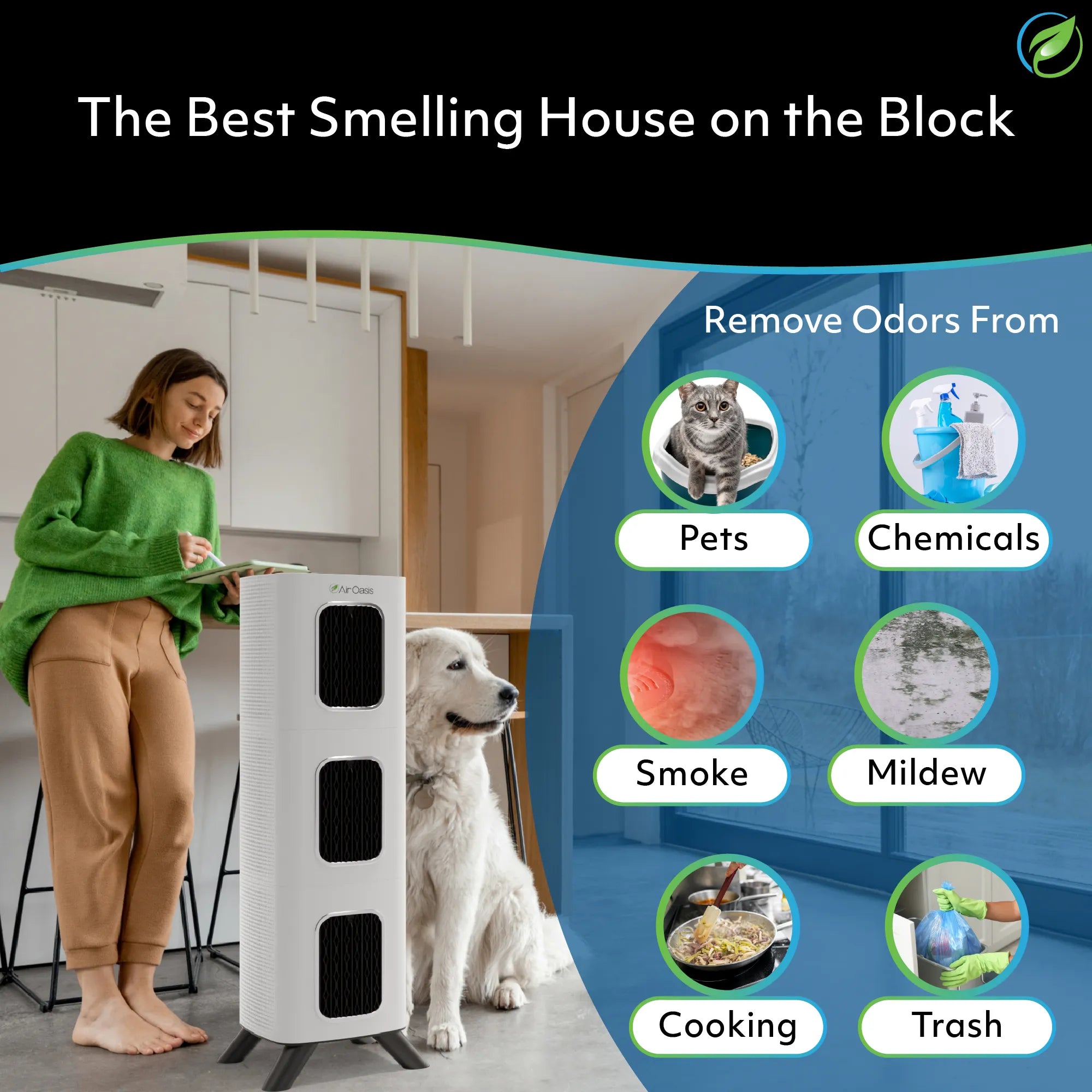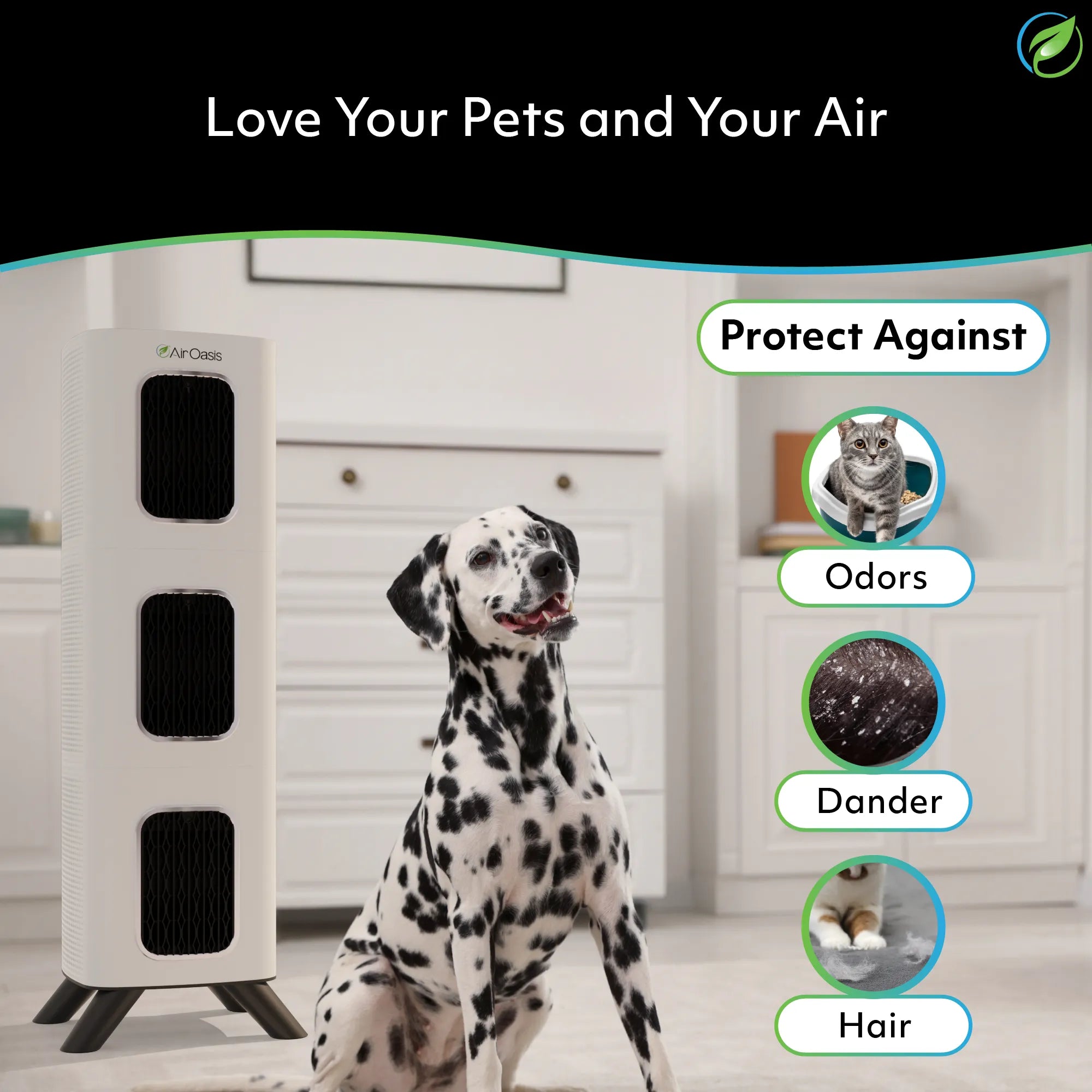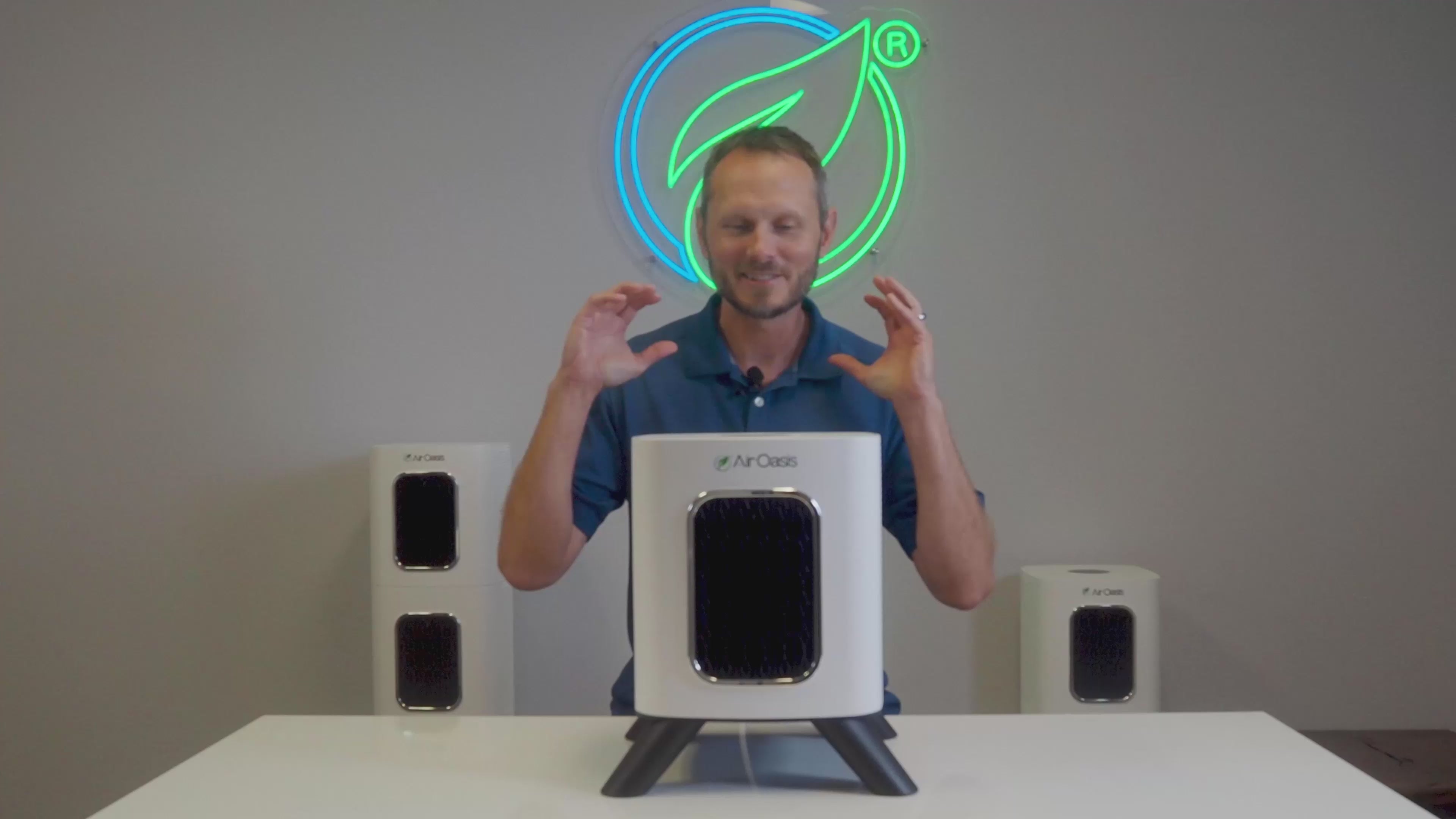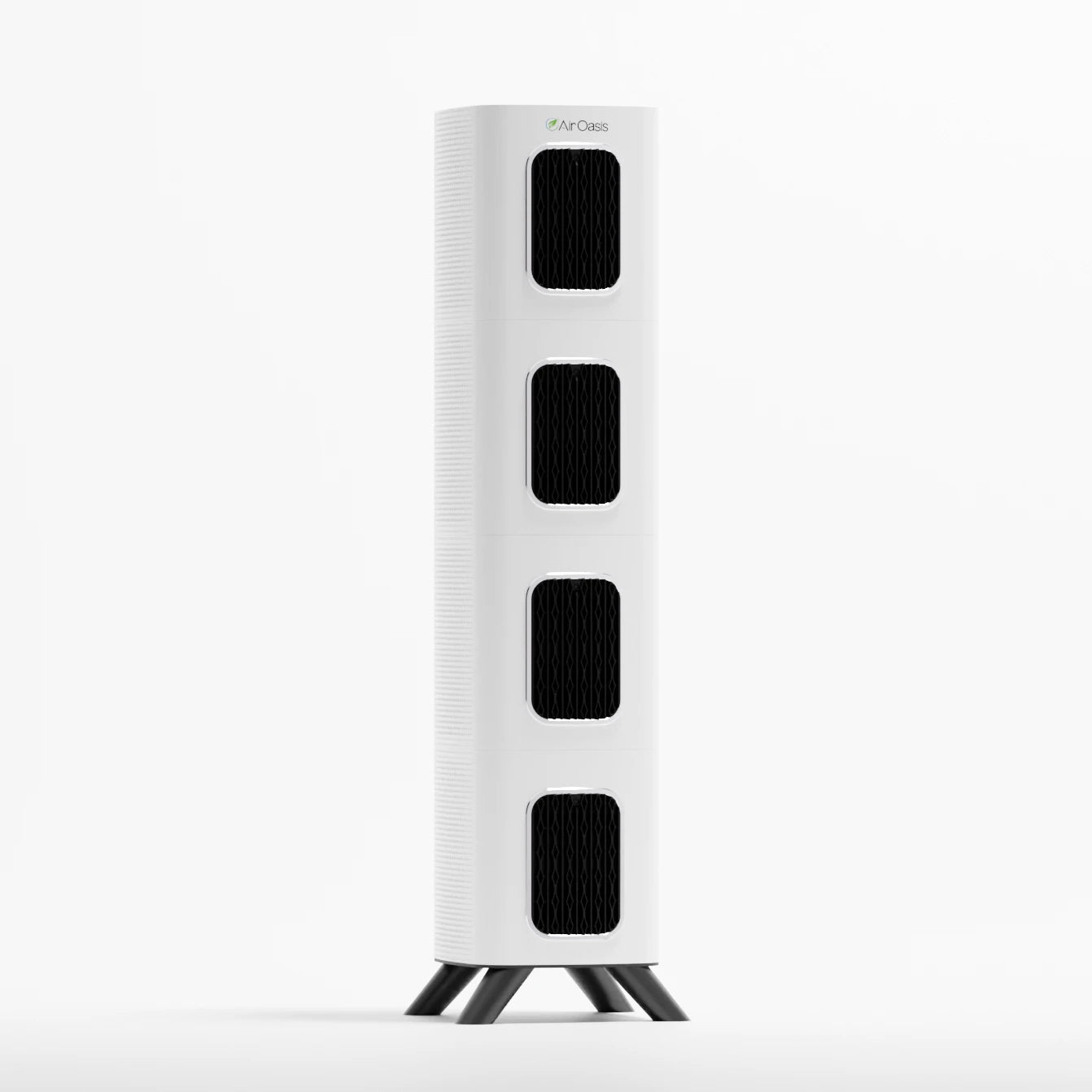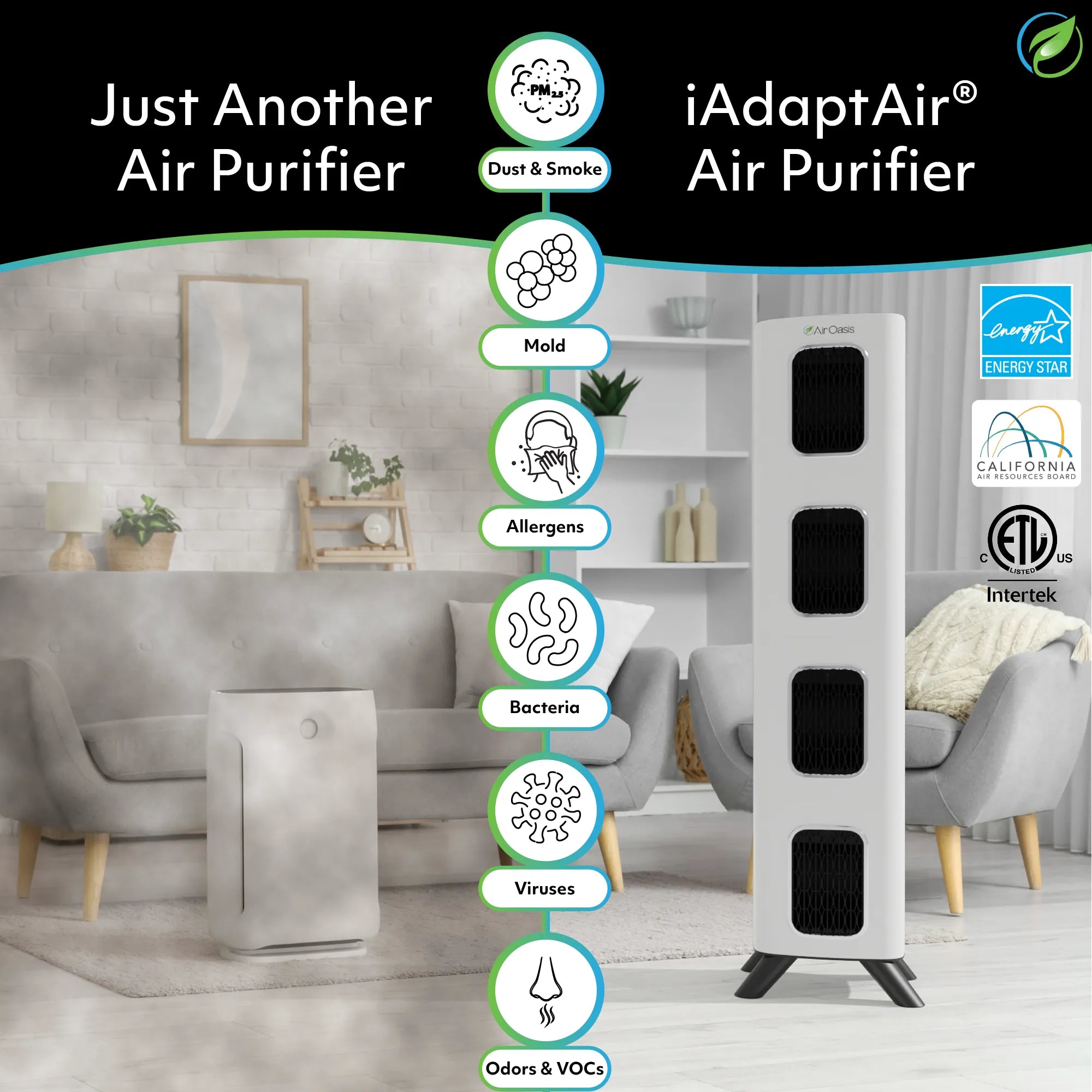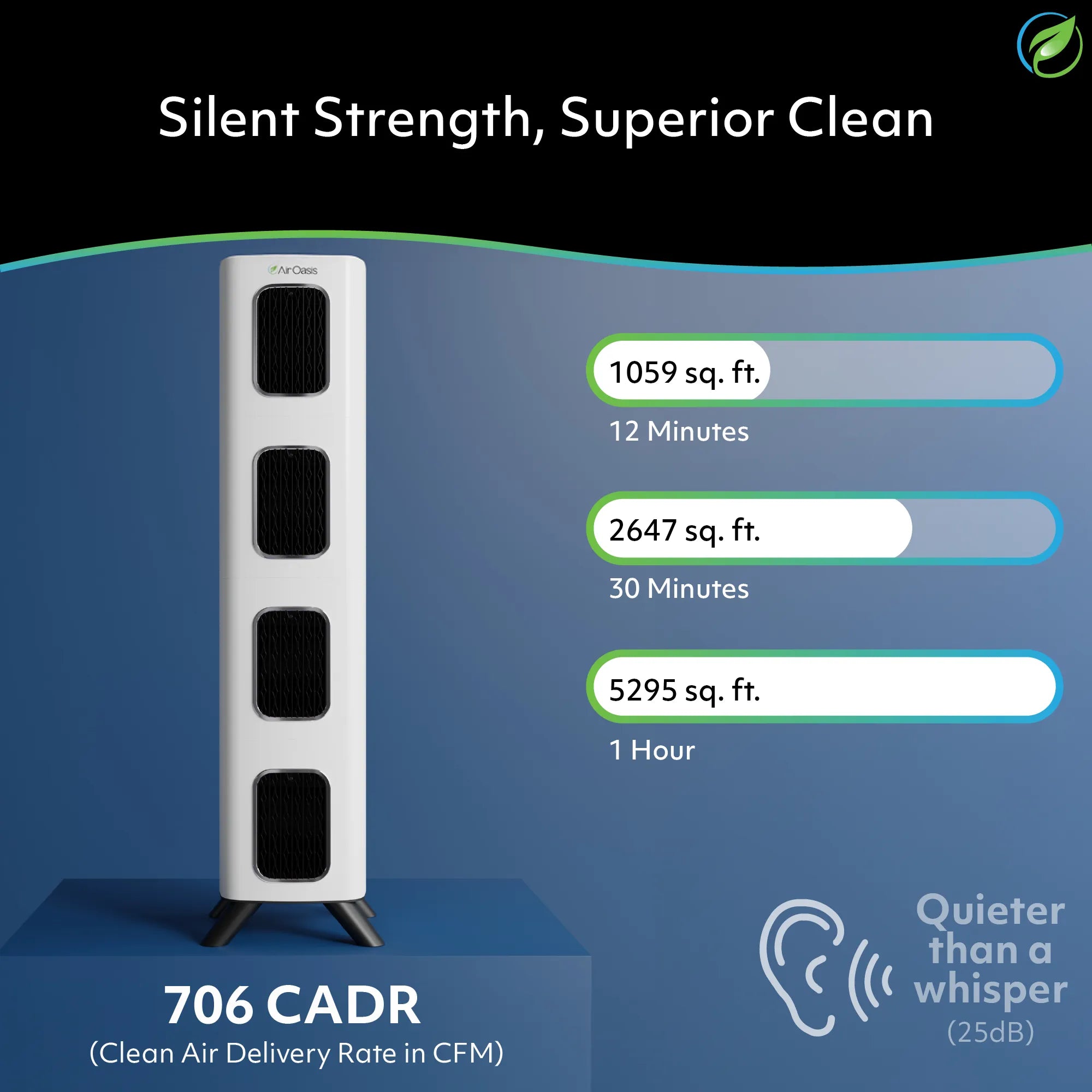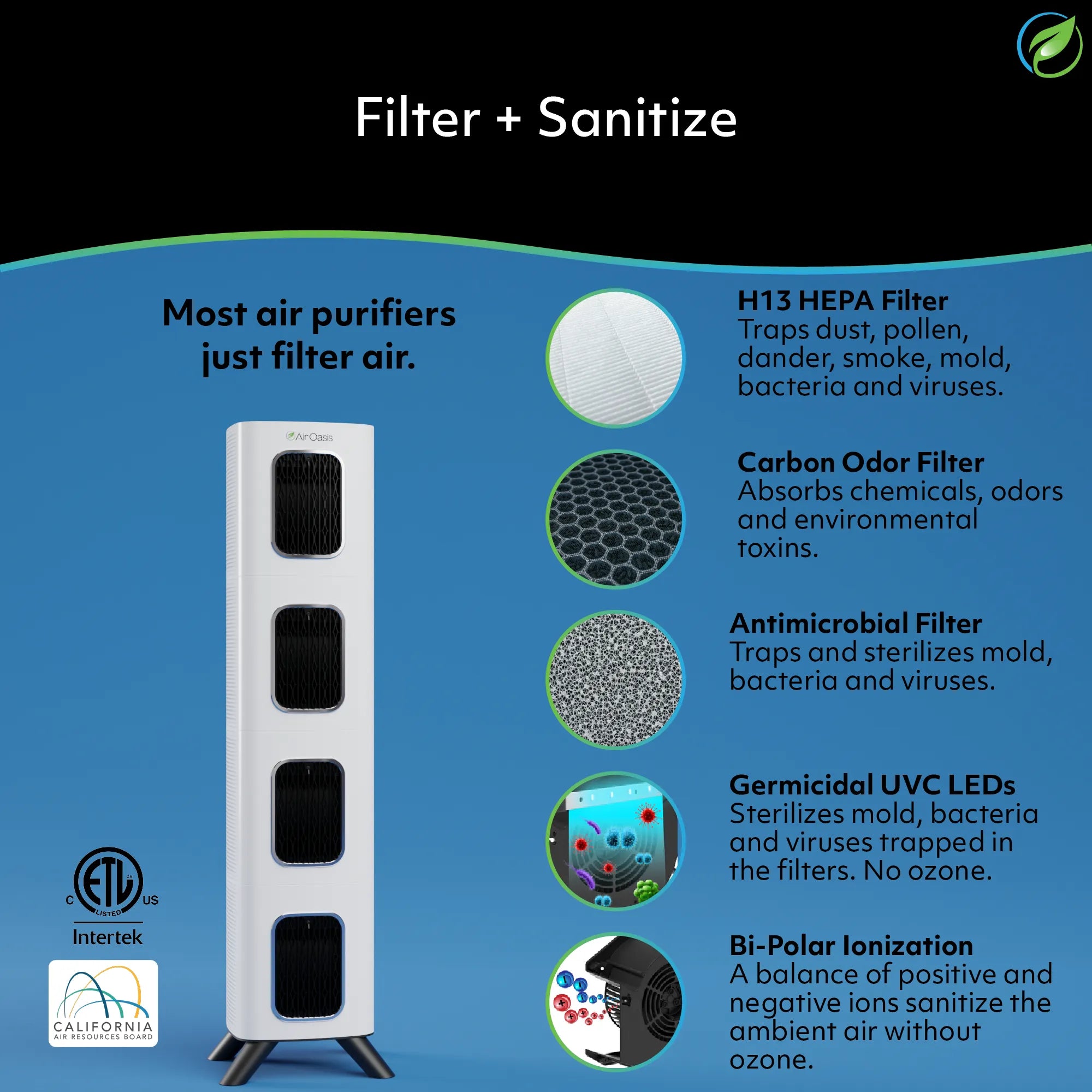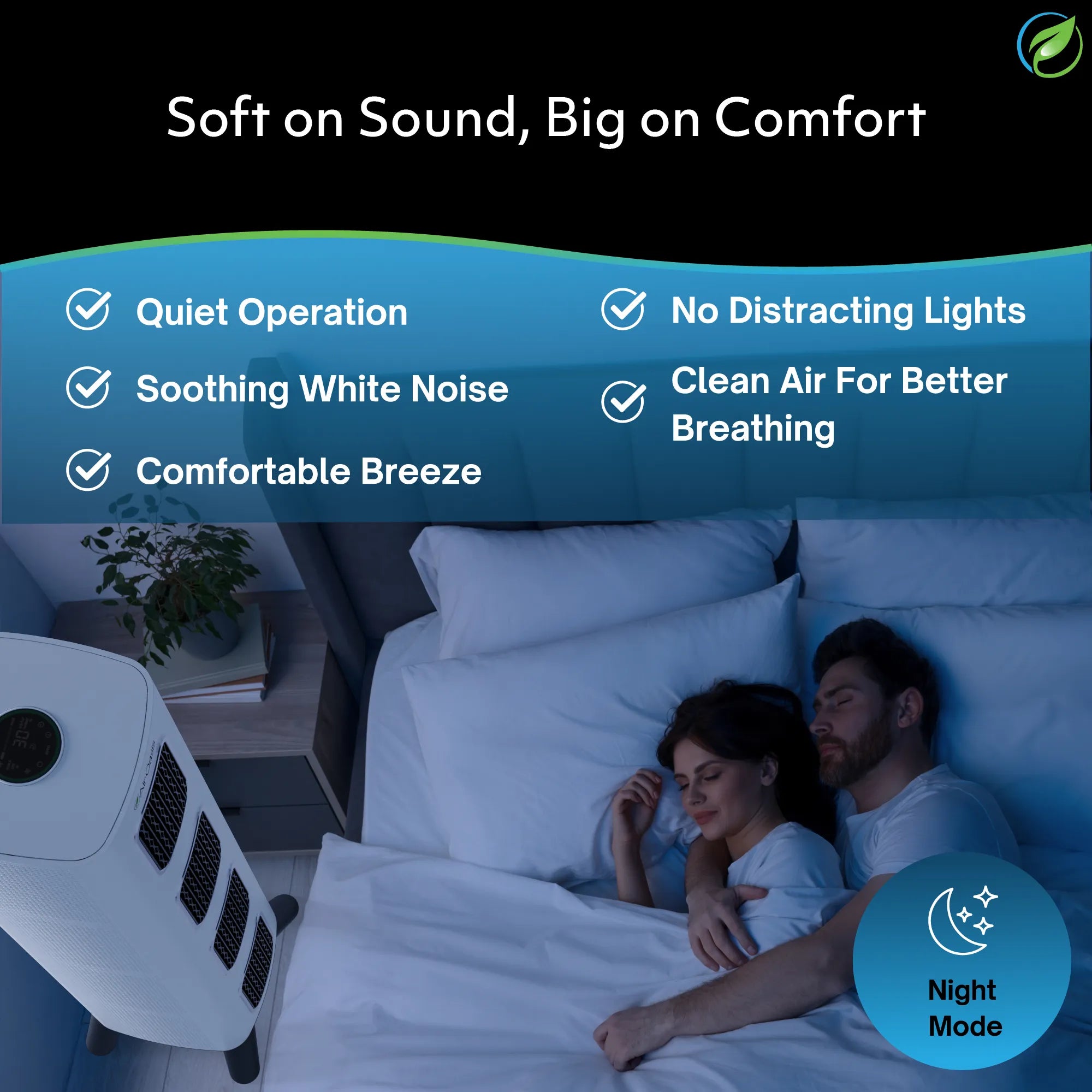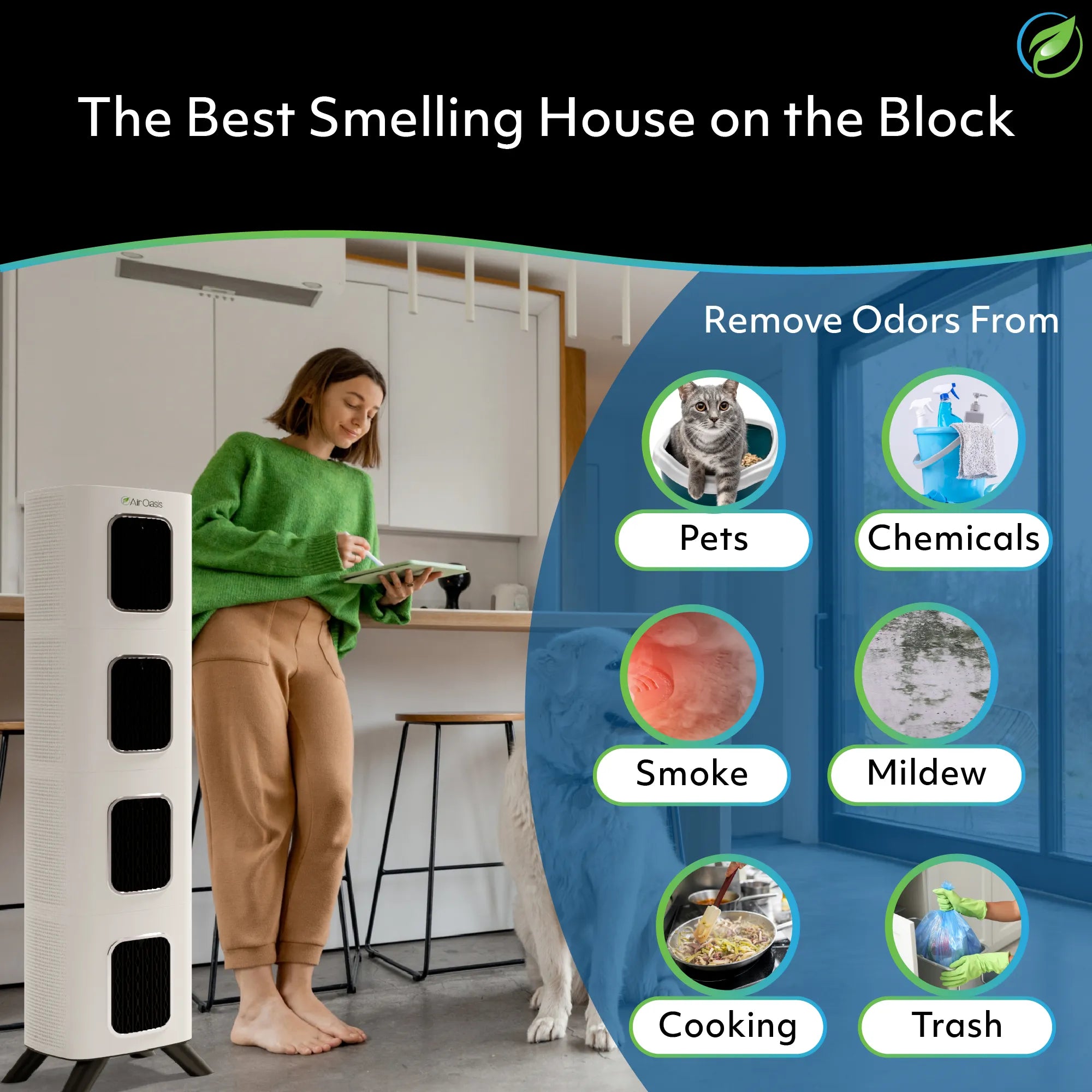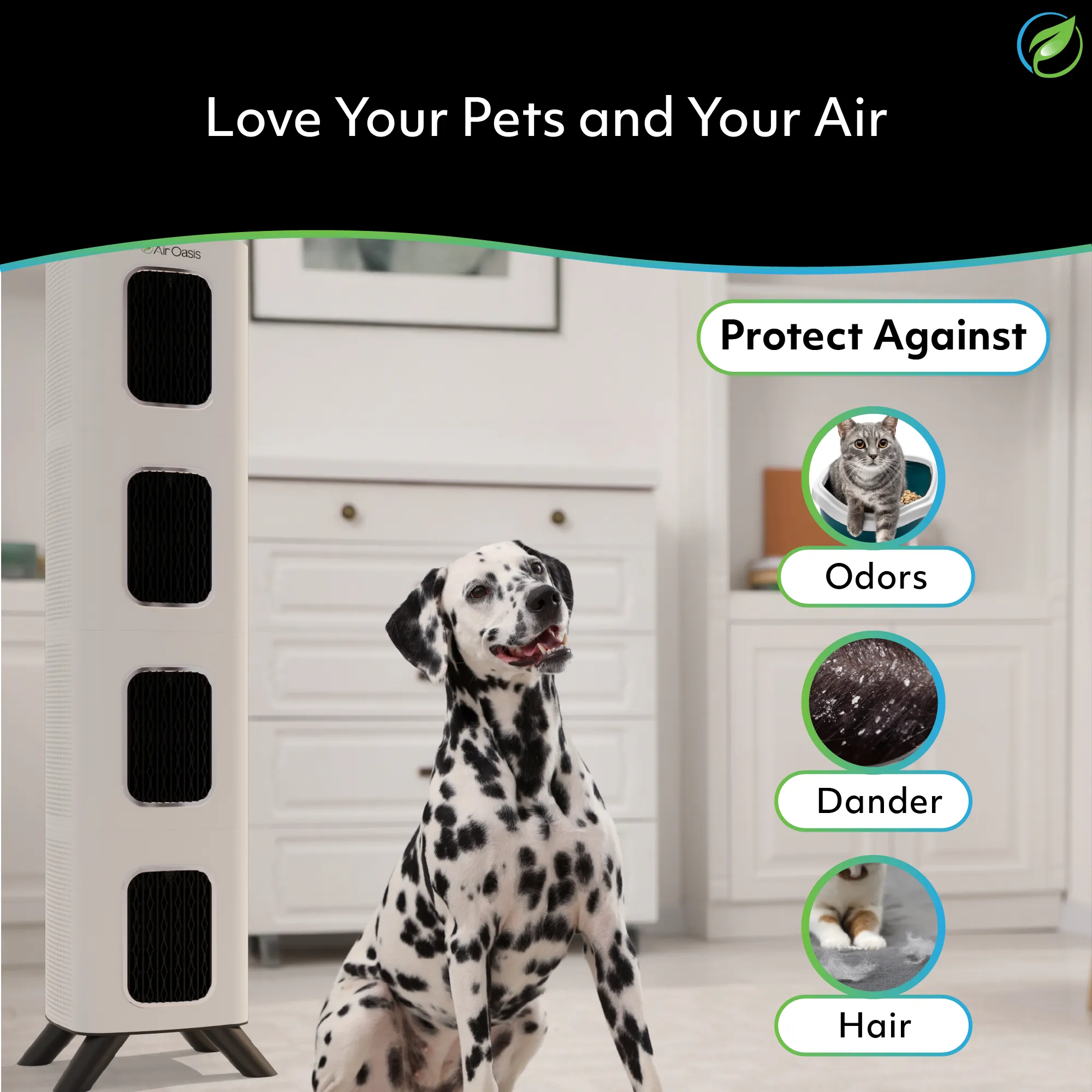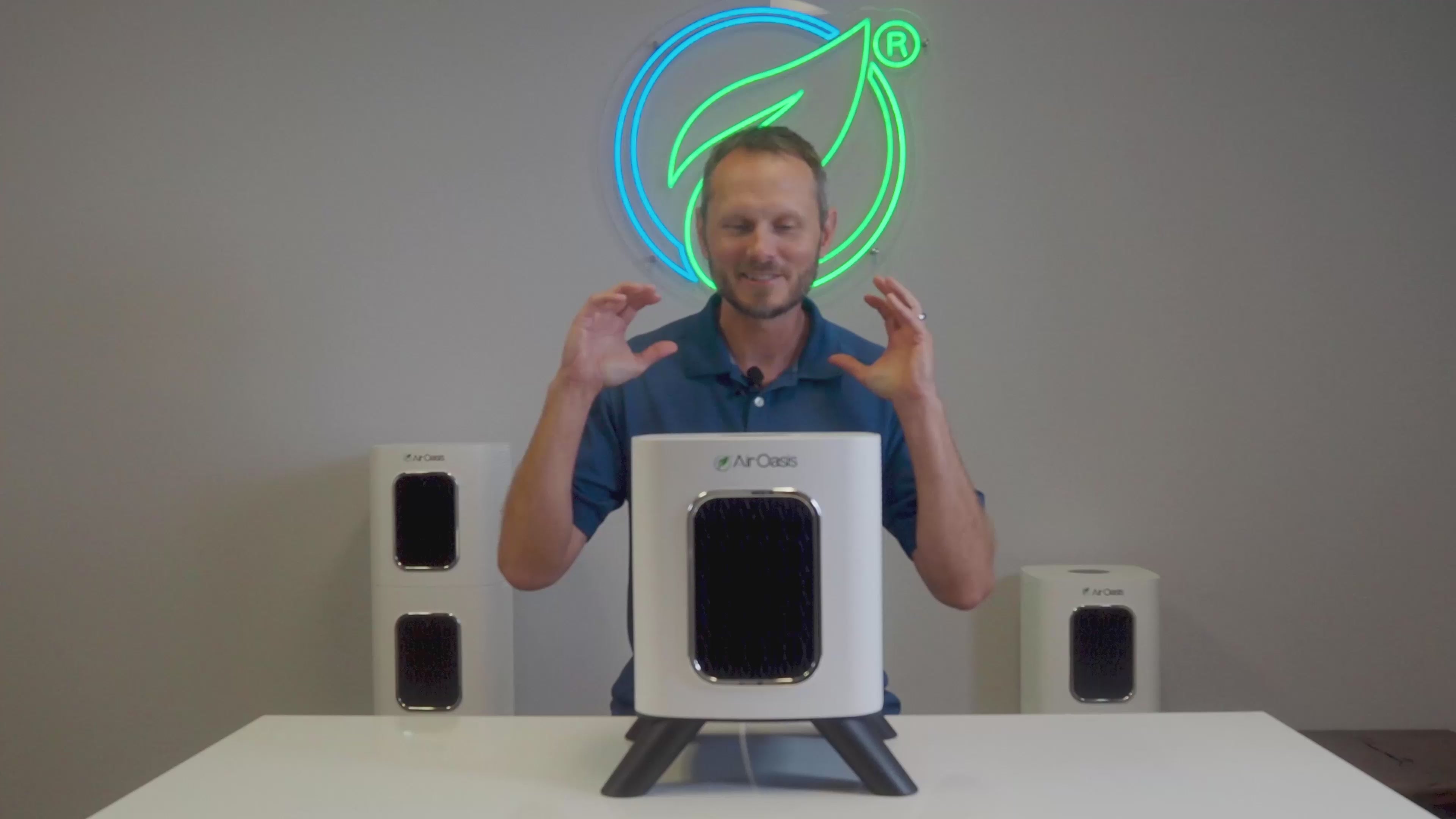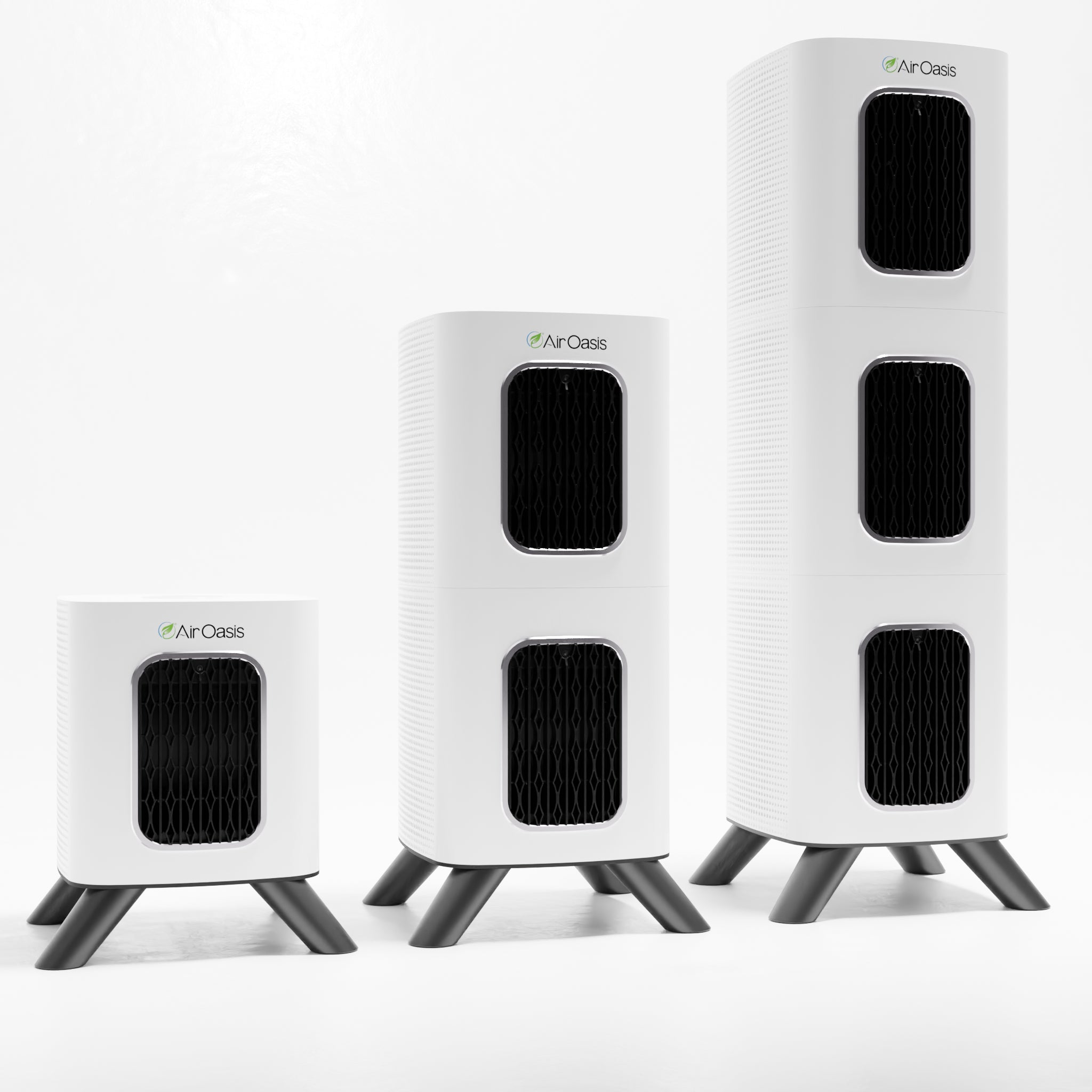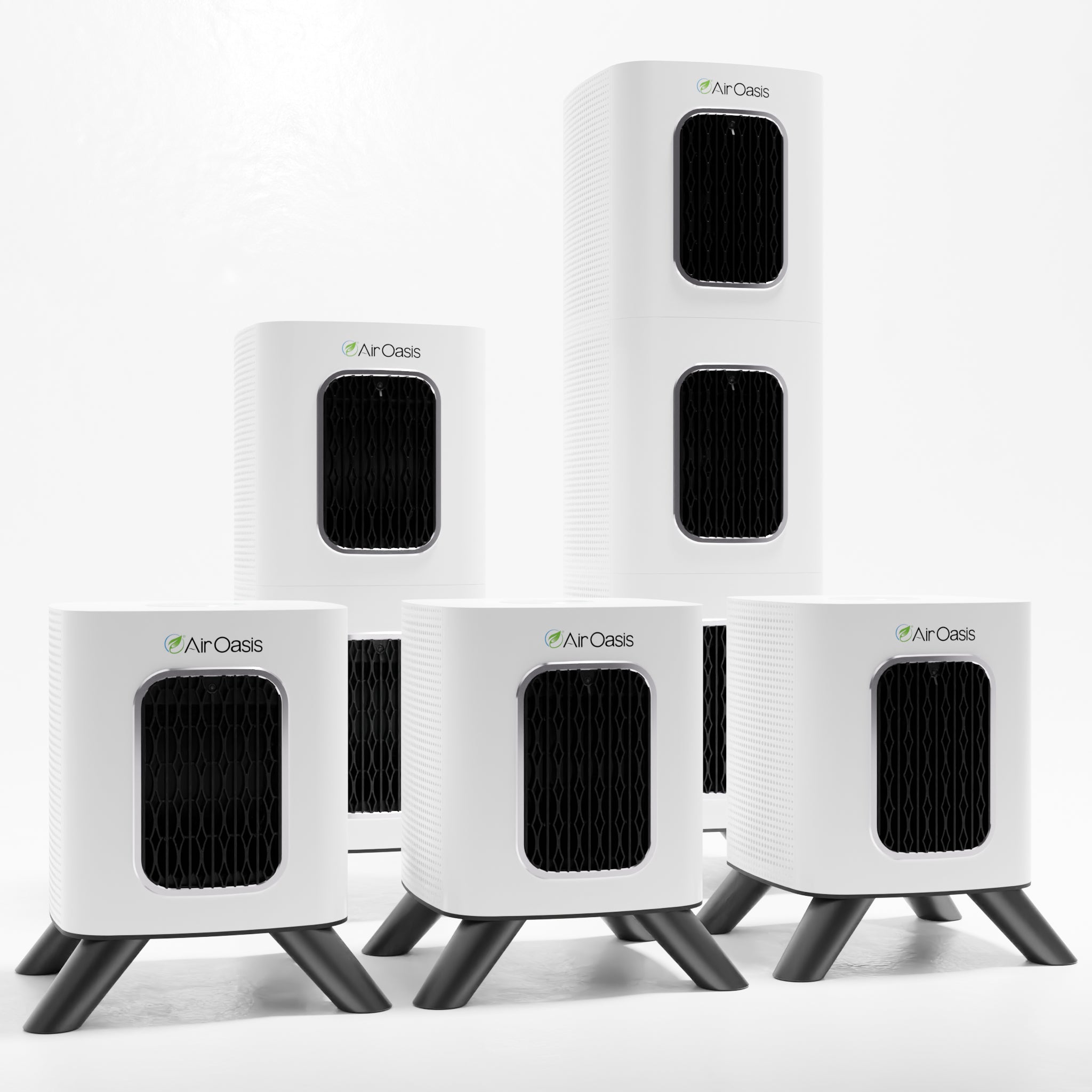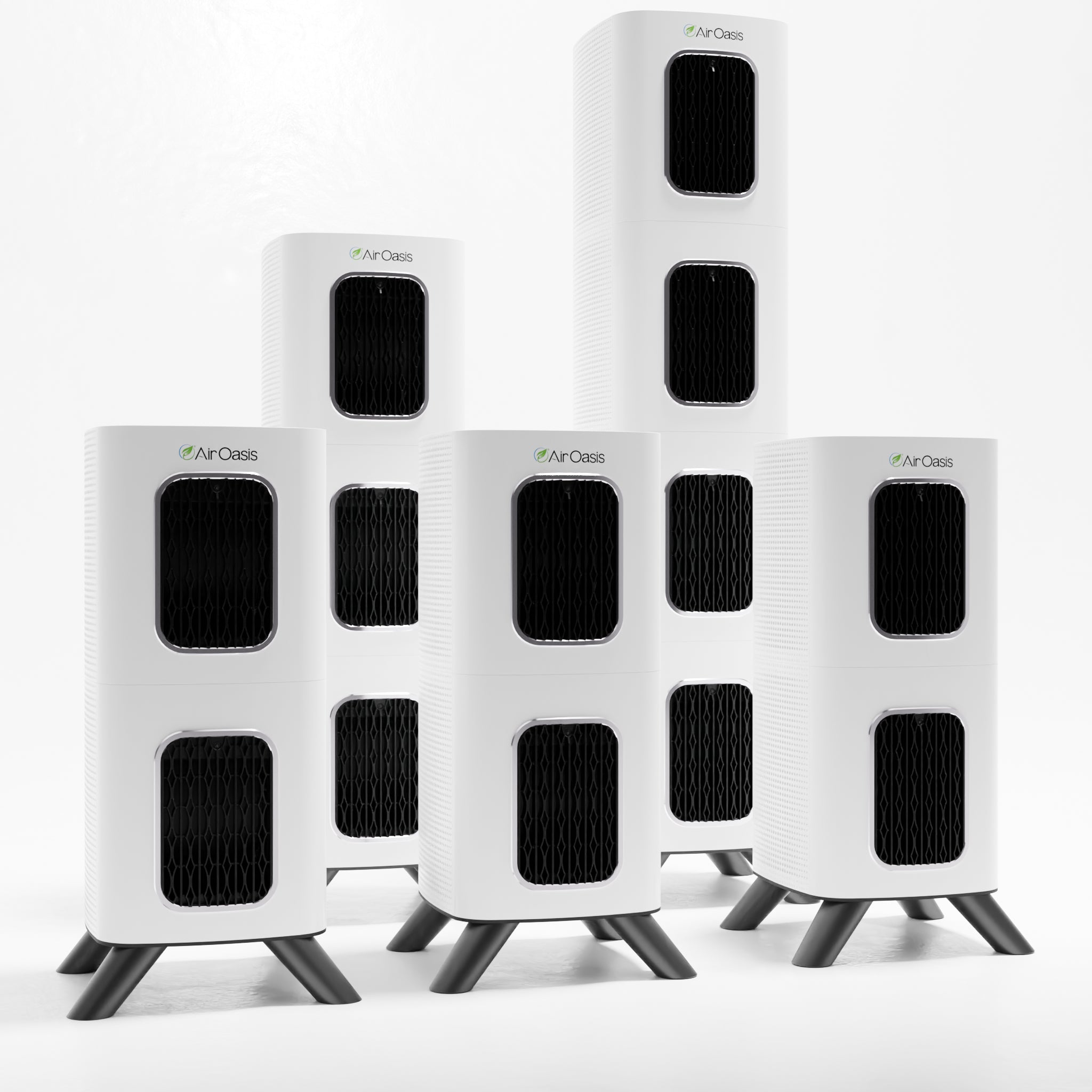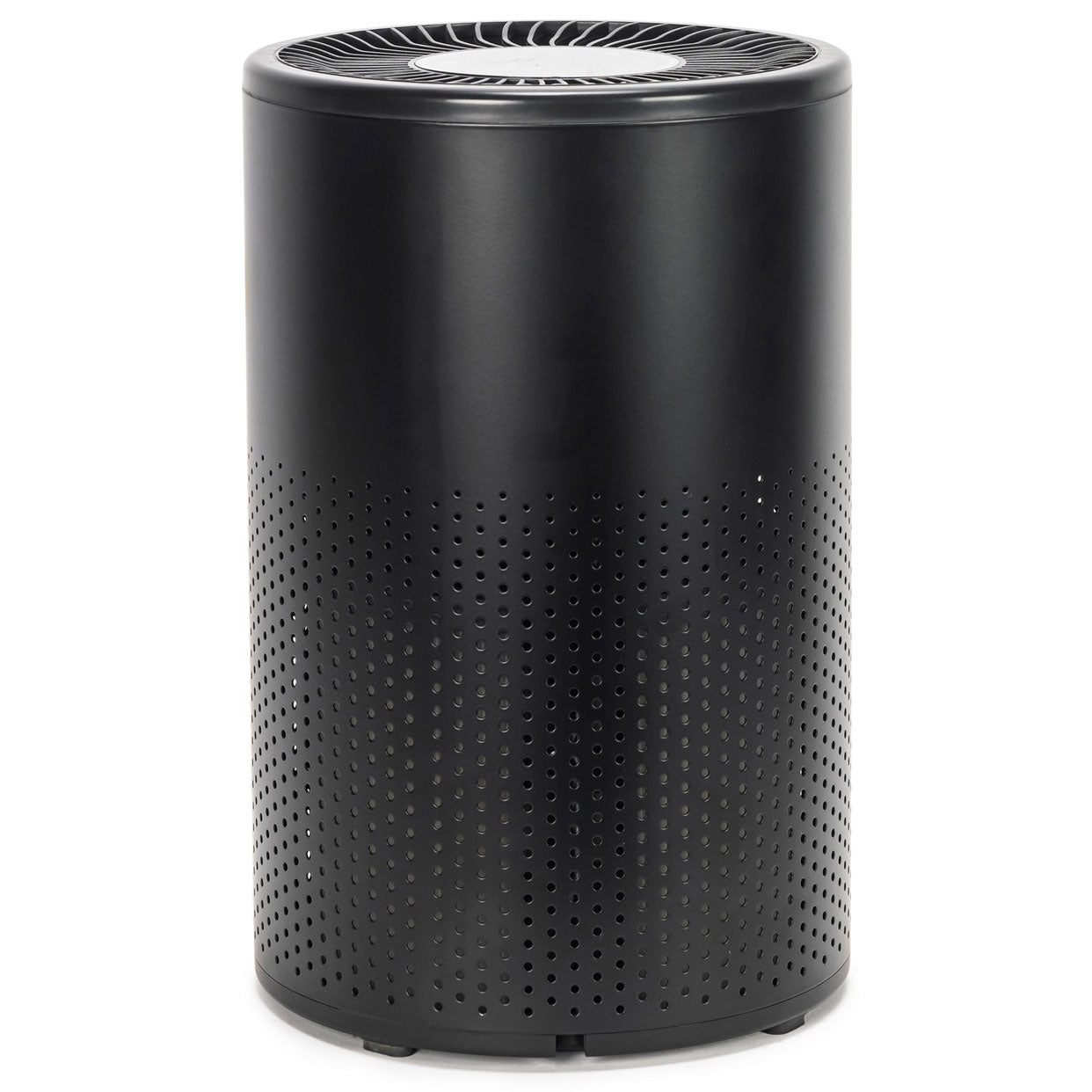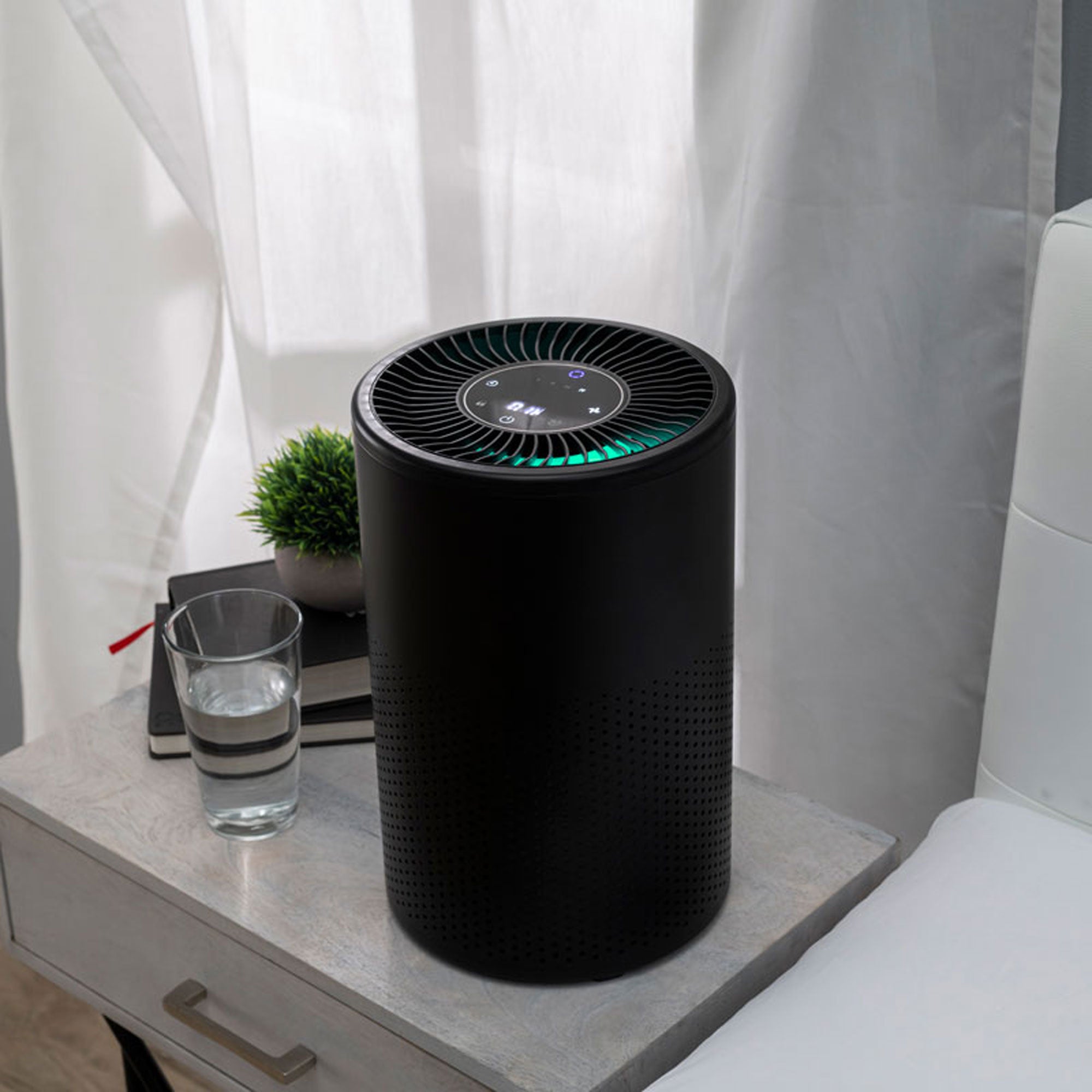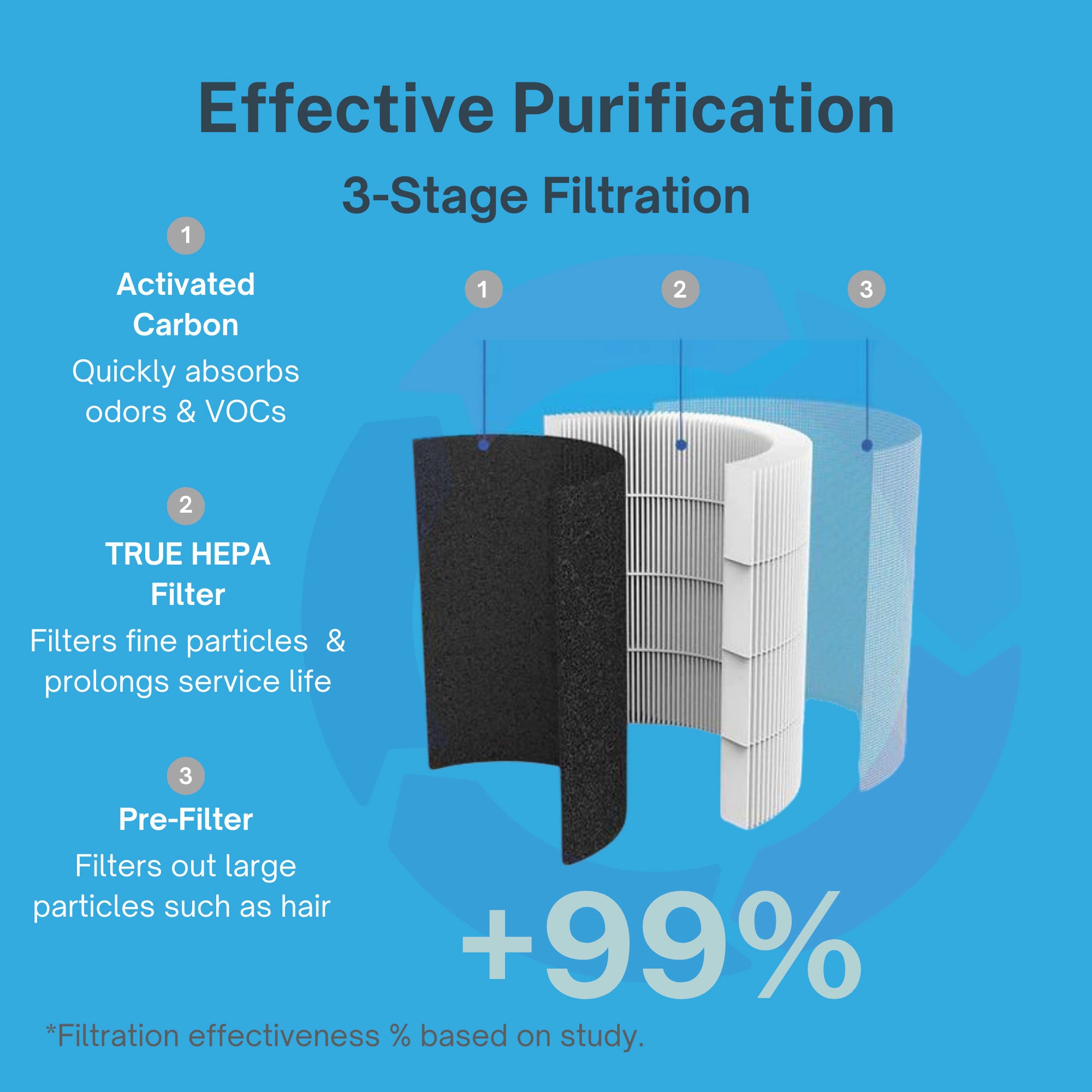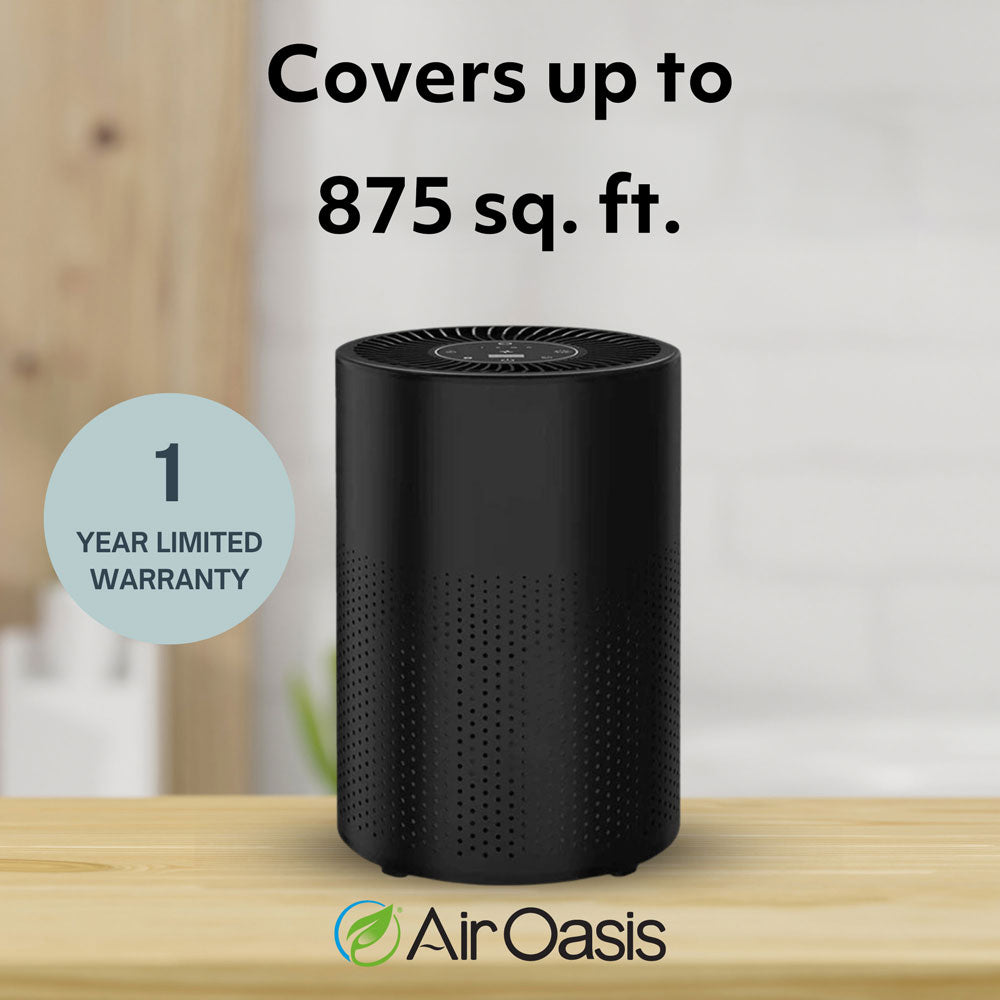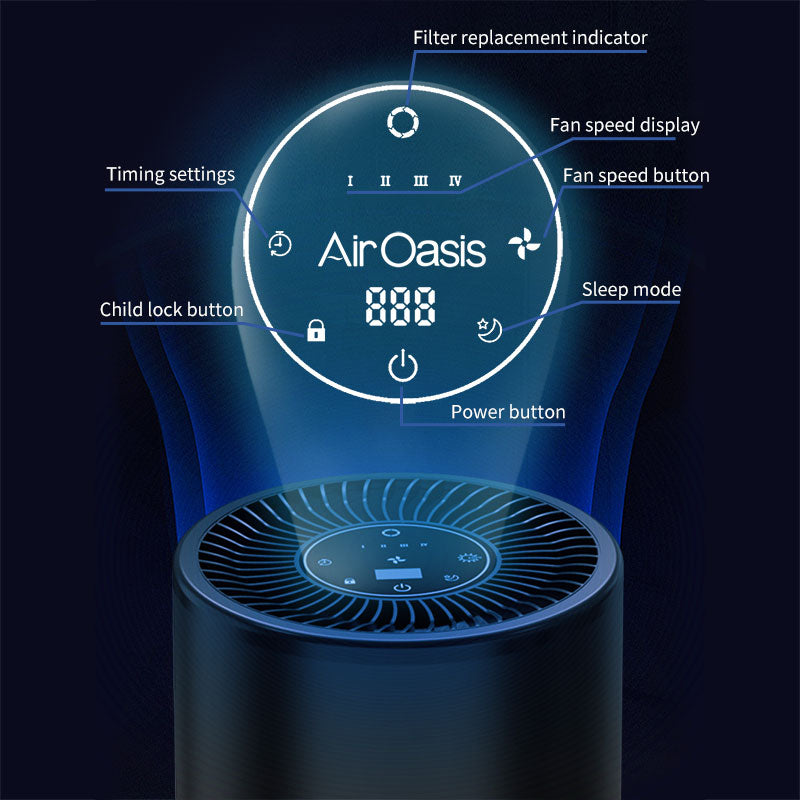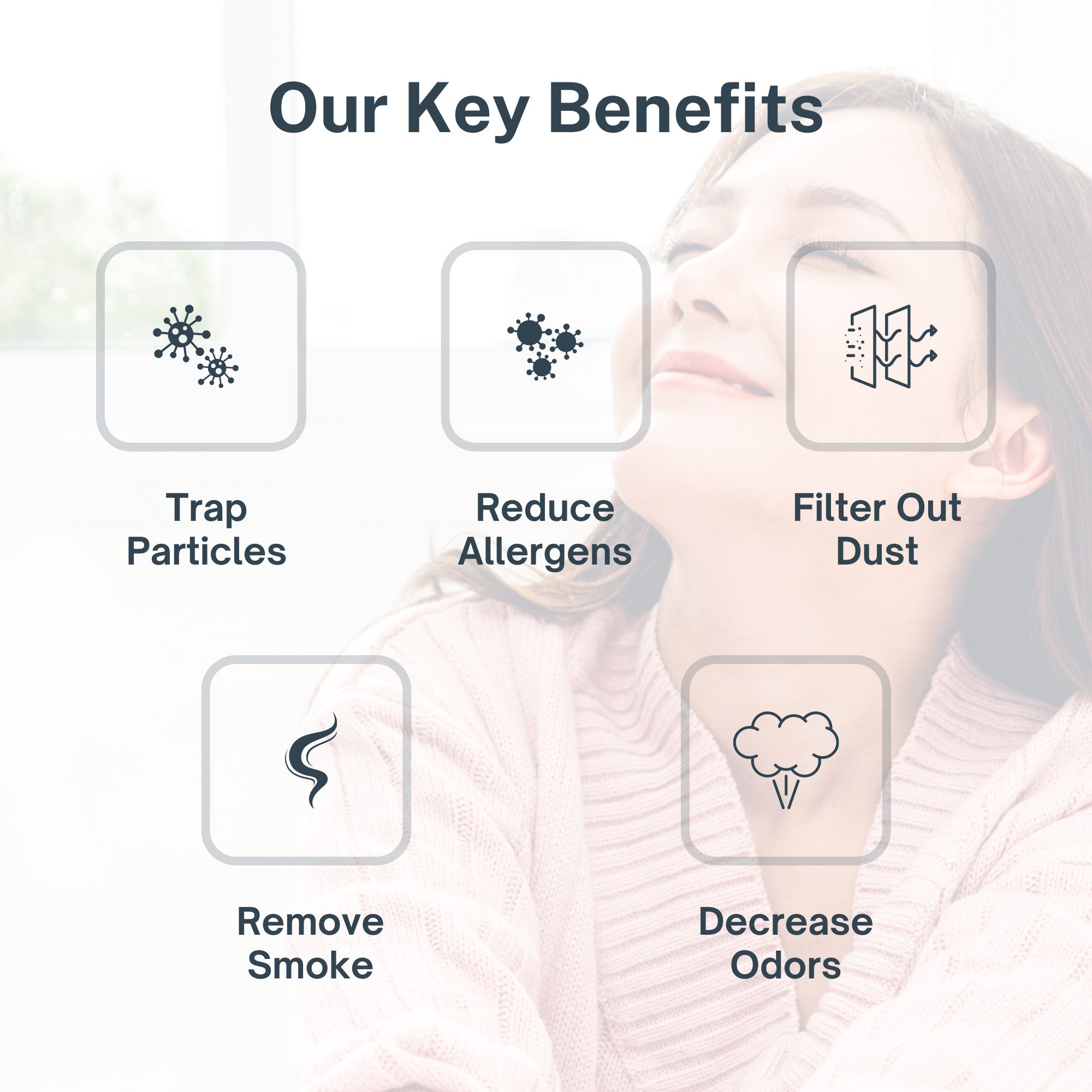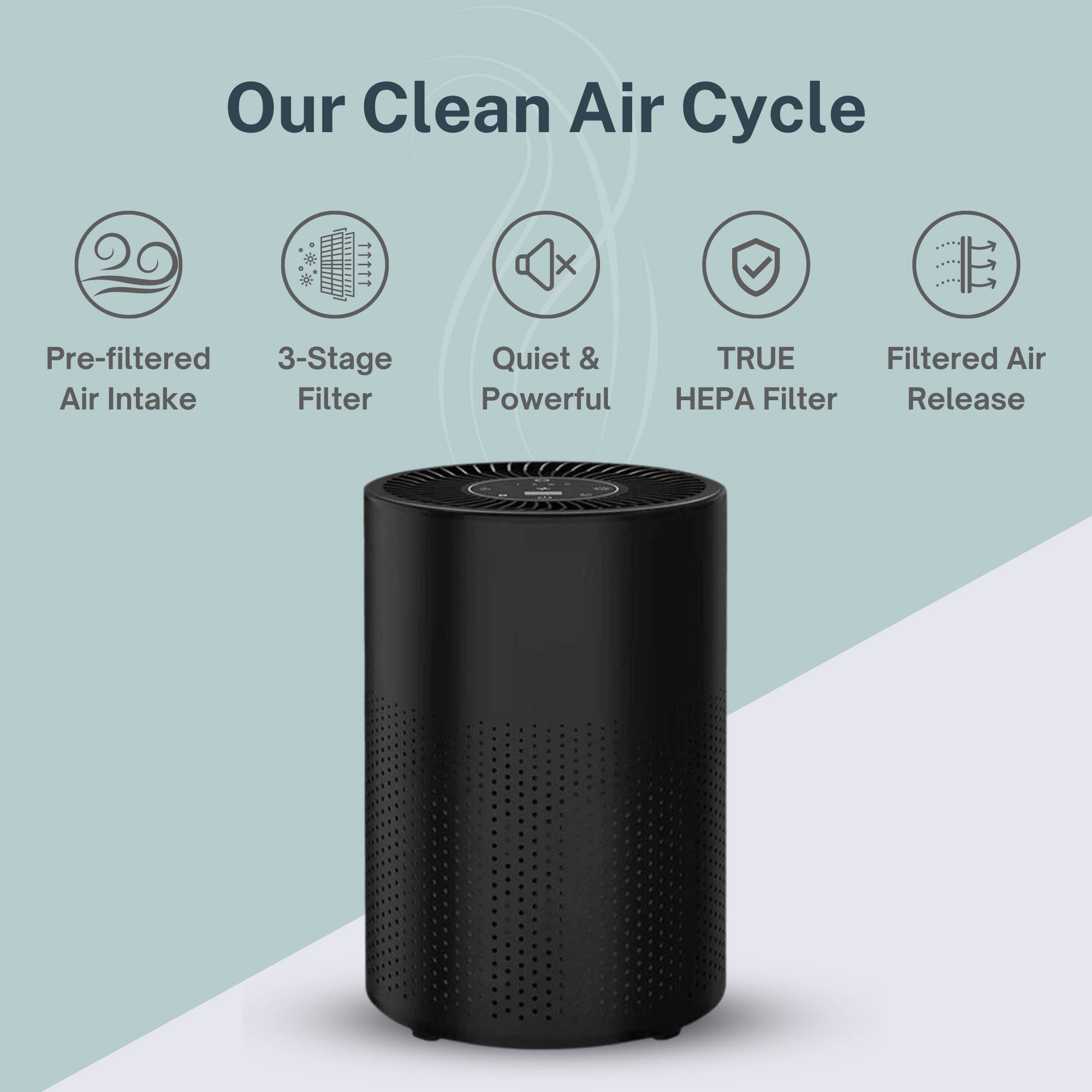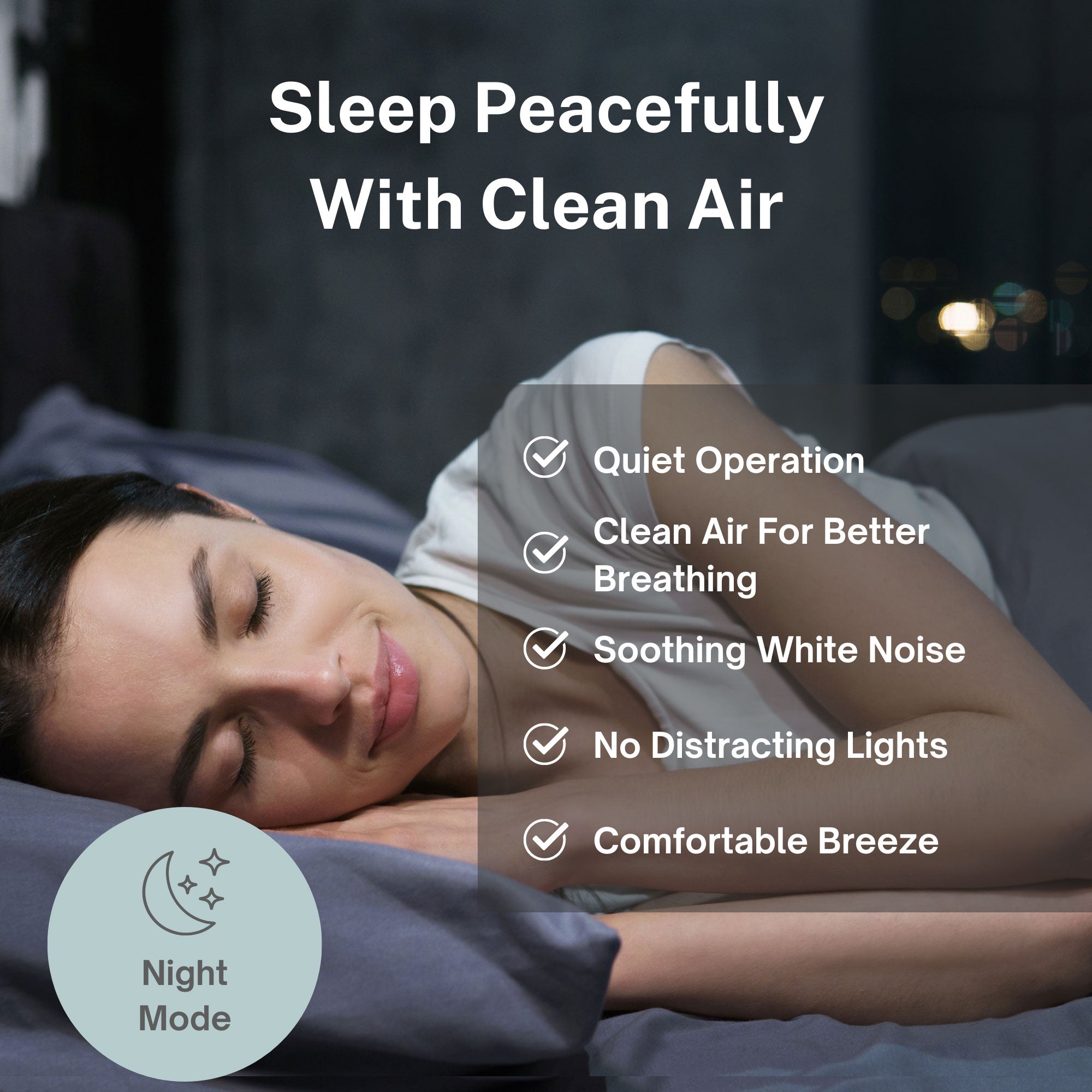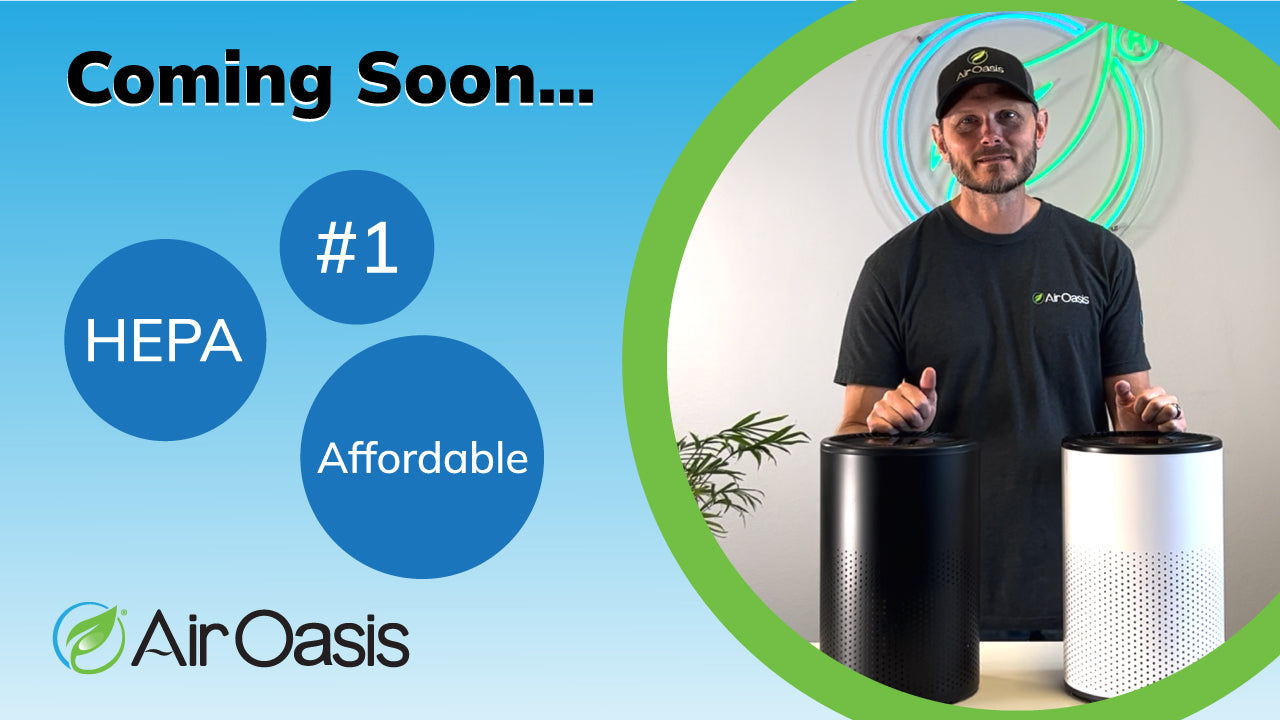The mid-Hudson Valley is experiencing dangerous air quality conditions as smoke from Canadian wildfires creates hazardous breathing conditions across the region. With the Air Quality Index (AQI) reaching 101 for fine particles—officially classified as "unhealthy for sensitive groups"—residents need immediate protection strategies to safeguard their health.
This isn't just about discomfort from hazy skies and smoky odors. Fine particulate matter at these concentrations poses real health risks that require proactive protection, especially for vulnerable populations including children, elderly residents, and those with existing respiratory conditions.
Understanding Fine Particle Pollution and Health Risks
Fine particle pollution consists of microscopic particles and droplets suspended in the air. According to the New York State Department of Health, these particles are incredibly small—the largest is still 30 times smaller than human hair, while the smallest could fit several thousand on a period.
This microscopic size creates the primary health danger. These particles can travel deep into the respiratory tract and lungs, causing immediate health effects including:
- Eye, nose, throat, and lung irritation
- Persistent coughing and sneezing
- Runny nose and sinus congestion
- Shortness of breath and chest tightness
The New York State Department of Environmental Conservation reports that current conditions affect Dutchess, Orange, Putnam, Ulster, and Sullivan counties, with concentrations expected to remain elevated through at least August 5th.
Vulnerable populations face heightened risks during these conditions. Children and teenagers, older adults, pregnant individuals, people with heart or respiratory problems, and those who exercise or work outdoors should take immediate protective action.
Immediate Protection Strategies for Hudson Valley Residents
The most effective protection during poor air quality events involves creating clean indoor environments and minimizing outdoor exposure. New York Governor Kathy Hochul's advisory emphasizes limiting outdoor time, staying inside when possible, and avoiding strenuous activities.
Indoor air quality management becomes crucial during wildfire smoke events. Keep windows and doors closed, use air conditioning on recirculate mode, and avoid activities that generate additional indoor pollutants like cooking with gas appliances, burning candles, or using harsh cleaning products.
Professional-grade air purification provides the most reliable protection against fine particulate matter. The Air Oasis iAdaptAir systems combine HEPA filtration, UV-C sterilization, and ionization technology specifically designed to capture the ultrafine particles present in wildfire smoke.
For those who must spend time outdoors, properly fitted N95 masks provide some protection against fine particles. However, masks are not a substitute for avoiding exposure whenever possible, particularly for sensitive individuals.
Why This Air Quality Event Affects the Hudson Valley
Meteorologist Kevin Lipton from the National Weather Service Albany Office explains that wind patterns are carrying smoke from central and northwest Canadian wildfires across Canada into the Northeastern United States. These long-distance transport events can affect air quality hundreds of miles from the actual fire sources.
The geography of the Hudson Valley can trap and concentrate airborne pollutants, particularly during certain weather patterns. When combined with transported wildfire smoke, this creates the elevated fine particle concentrations currently affecting the region.
This pattern has been affecting New York since July 31st, when western areas first experienced unhealthy air quality conditions. The duration and intensity of these events depend on changing wind patterns and continued fire activity in source regions.
Health Monitoring and When to Seek Medical Care
During poor air quality events, monitor yourself and family members for worsening symptoms that may indicate more serious health effects. Seek immediate medical attention if you experience:
- Severe difficulty breathing or shortness of breath
- Chest pain or rapid heartbeat
- Severe coughing that doesn't improve indoors
- Dizziness or unusual fatigue
People with existing respiratory conditions like asthma or COPD should have rescue medications readily available and follow their healthcare provider's action plans for air quality emergencies. Children may not recognize or communicate symptoms effectively, requiring close parental monitoring.
The Air Oasis air purification systems help maintain safe indoor environments during extended poor air quality events, providing continuous protection when outdoor conditions remain hazardous for days or weeks.
Creating Long-Term Air Quality Protection
While current conditions are temporary, wildfire smoke events are becoming more frequent and intense due to climate change. Creating comprehensive indoor air quality protection provides ongoing health benefits even during normal conditions.
High-efficiency air purification systems work continuously to remove fine particles, allergens, and other airborne contaminants that affect daily health and comfort. This investment in indoor air quality pays dividends during emergency events like current wildfire smoke conditions.
Regular monitoring of local air quality conditions helps families make informed decisions about outdoor activities and protection needs. The New York State Department of Environmental Conservation provides real-time air quality forecasts that should guide daily planning during poor air quality periods.
When Conditions May Improve
According to meteorologist Kevin Lipton, the Poughkeepsie area will experience peak fine particle concentrations within 12-18 hours of his August 4th morning assessment. However, conditions may persist through August 5th or longer depending on changing wind patterns.
The uncertainty around improvement timing emphasizes the importance of maintaining protective measures until official air quality advisories are lifted. Weather patterns that bring cleaner air masses into the region will gradually clear current conditions, but this process can take several days.
Residents should continue monitoring official air quality forecasts and maintaining indoor protection until AQI readings return to healthy levels consistently.
Protecting Your Family During Air Quality Emergencies
The current Hudson Valley air quality crisis demonstrates why comprehensive indoor air quality protection has become essential for family health. Fine particulate matter from wildfire smoke represents just one of many air quality threats that can affect respiratory health and overall wellness.
Professional air purification systems provide reliable protection during both emergency events and daily air quality challenges. Creating consistently clean indoor environments protects vulnerable family members and provides peace of mind during unpredictable air quality conditions.
Ready to protect your family from wildfire smoke and other air quality threats? Shop Air Oasis today for medical-grade air purification systems that provide comprehensive protection during both emergency events and everyday air quality challenges.




